9 Tips for Knee Pain Prevention

Disclaimer: This blog post is for educational purposes only. Our information is sourced from national organizations of authority and peer-reviewed publications, but please keep in mind that we at Bracelayer® are not medical professionals, just people who know a bit about healthy knees. Consult a doctor if you are experiencing pain or planning to make lifestyle changes.
When it comes to preventing knee pain, there are a number of approaches to take. We’ve put together our top tips for knee pain prevention just for you. Some are for overall joint health and some are specific to your knees.
First and foremost, ensuring that you take care of your overall health will, of course, lead to healthy knees. Eating a healthy diet, limiting or ceasing drug and alcohol consumption, not smoking, and watching your weight are simple and effective ways to look after your body.
Tips for overall joint health:
- Exercise regularly: Even a little goes a long way to prevent knee pain! Try not to stay static for too long. If you’re working at a desk job, for example, make sure to take hourly movement breaks. You should be doing at least 150 minutes of exercise per week, but if that feels too daunting for your current activity level, start small! Little steps add up to long distances if done consistently.
- Warm-up before exercise: Whether you’re a seasoned athlete or a seasoned couch potato, we’ve all considered skimping on warm-up activities. But spending at least five minutes easing yourself into physical activity is one of the best ways to protect your joints. They’re worth the extra time, and when you protect them, they’ll protect you.
- Start with low-impact exercises to strengthen your joints: There’s no need to go straight to the squat rack. In fact, you absolutely should not! If you are concerned about your knee joint health, start incorporating some low-impact exercises to your weekly routine in order to start strengthening your joints without added pressure. Some great examples of low-impact exercises are swimming and aqua aerobics, resistance band training, walking, and biking. Then, you might want to upgrade to more specific knee strengthening exercises.
- Add more protein, calcium, vitamin C & D to your diet: “Eating well” is one of the most common health tips, but what does that even mean? Aside from avoiding processed and fried foods, particularly ones high in sugar and saturated fat, it also means eating nutrient dense foods. Working in foods that contain natural anti-inflammatory properties, like turmeric, also goes a long way in knee pain prevention.
- Drink less coffee: It’s well known that coffee isn't exactly good for our health. But did you know that caffeine can reduce your bone density? Studies have only just begun in this area, but along with the numerous other health risks caffeine poses, it’s probably safer to skip your afternoon jolt.
For more targeted protection, there are a couple of things you can do to love your knees.
- Work on your core strength: Often, people experience knee and back pain because of bad posture. Having a strong core will help you sit up straight and walk taller, which will in turn remove a great deal of unnecessary stress on your knees.
- Add targeted exercises to your routine: There are lots of great exercises to use for strengthening knees. We’ve collected some on our Knee Rehab blog, but probably the best to add to your workout routine are backwards sled pulls.
- Wear sensible shoes: Beauty doesn’t have to be painful. Did you know that wearing high heels increases your chances of developing osteoarthritis? They aren’t the only culprits either. Wearing shoes that are ill-fitting and have bad support will not only hurt the joints of your feet, but they will affect the amount of shock your joints need to absorb, your posture, and your overall inflammation levels. You probably don't even notice how much knee support shoes are providing you (or how little,) but choosing proper ones will make a world of difference.
- Wear compression gear: Compression gear is great for exercise and everyday use. Though athletes are the most common champions of it, you don’t have to be a pro to enjoy the benefits. Compression gear is great for everyone, and wearing targeted compression on the joints that are most at risk is the best way to prevent injury and pain.
The best knee support: Bracelayer® compression pants
Using compression pants for joint support has been proven to reduce injury, speed recovery time, and improve balance, stability, and proprioception. Why? It’s simple. When your joints are in line, held firmly in place, and able to take an increase in pressure, it's less likely that an off-step or a fall will occur, which greatly reduces risk of injury.
Standard compression pants provide all these things, but Bracelayer® compression pants have built-in knee sleeves that go the extra mile in knee pain prevention. Our Tri-Tech support layer wraps around the knees and hips for even more stability, pressure, and protection. With Bracelayer® pants, you get compression for your entire lower body, but extra targeted compression for the joints that really ail you. Our pants combine compression pants with knee sleeves, with the added bonus that you don’t have to worry about those compression sleeves sliding down. Bracelayer® keeps everything firmly in place.

Though compression gear is often used for recovery and rehabilitation after injury, you don’t have to already be hurting to experience the benefits. Bracelayer® compression pants help you play stronger, stay active longer, and prevent knee pain. Put your mind at ease by knowing you have support every step of your journey.







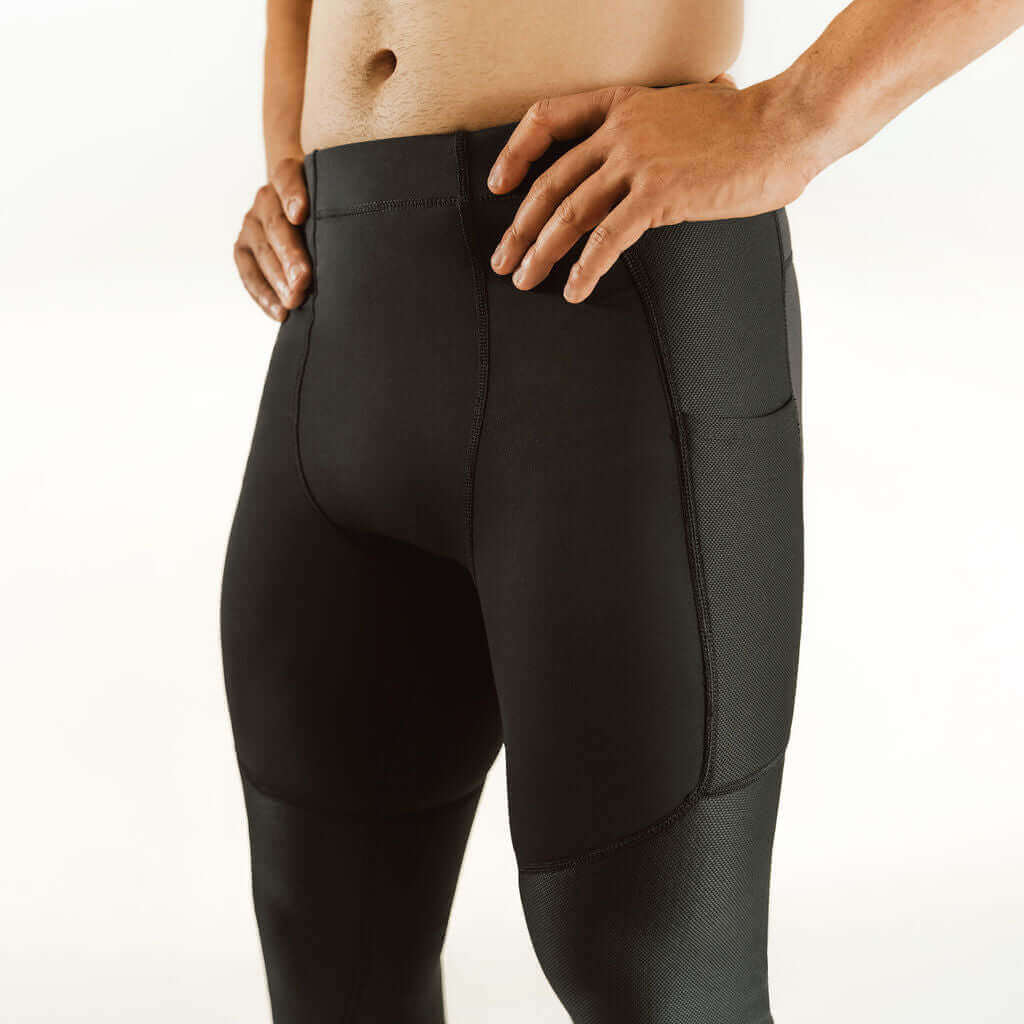
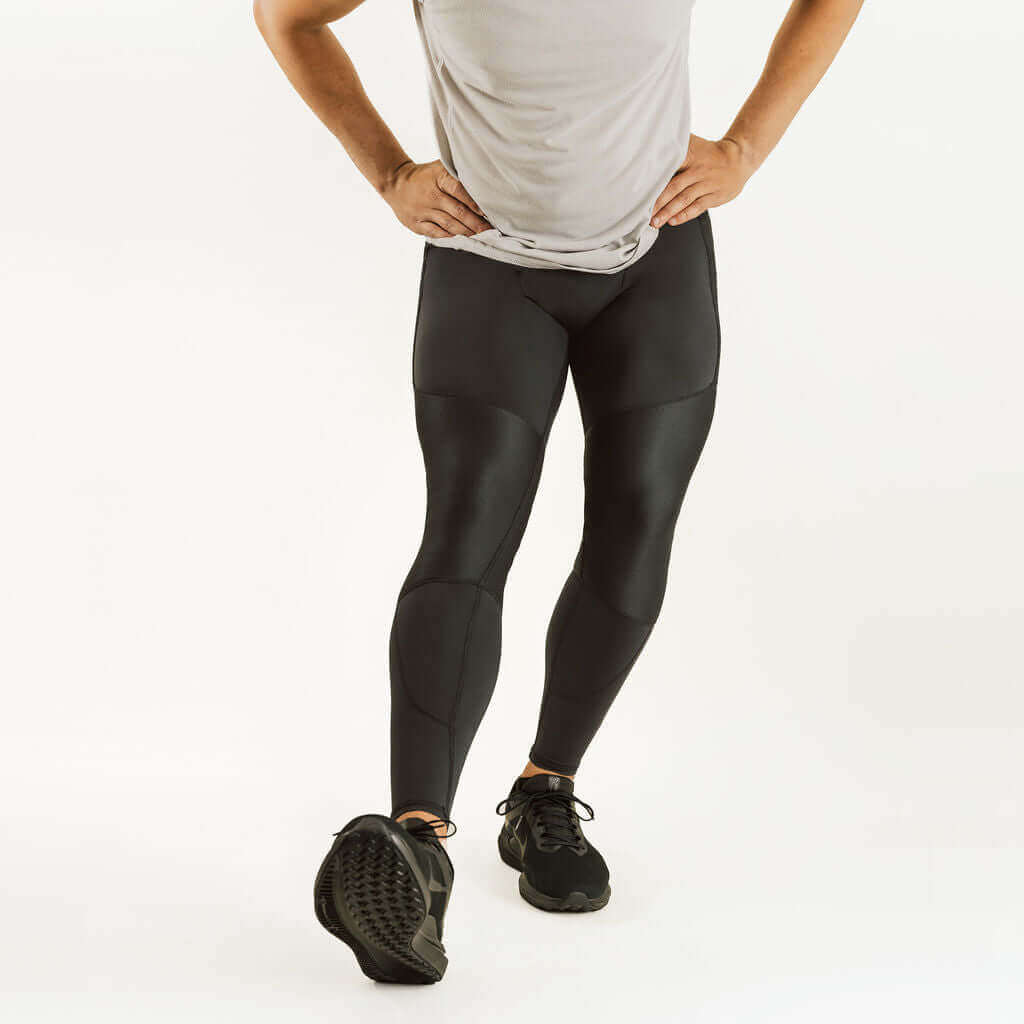


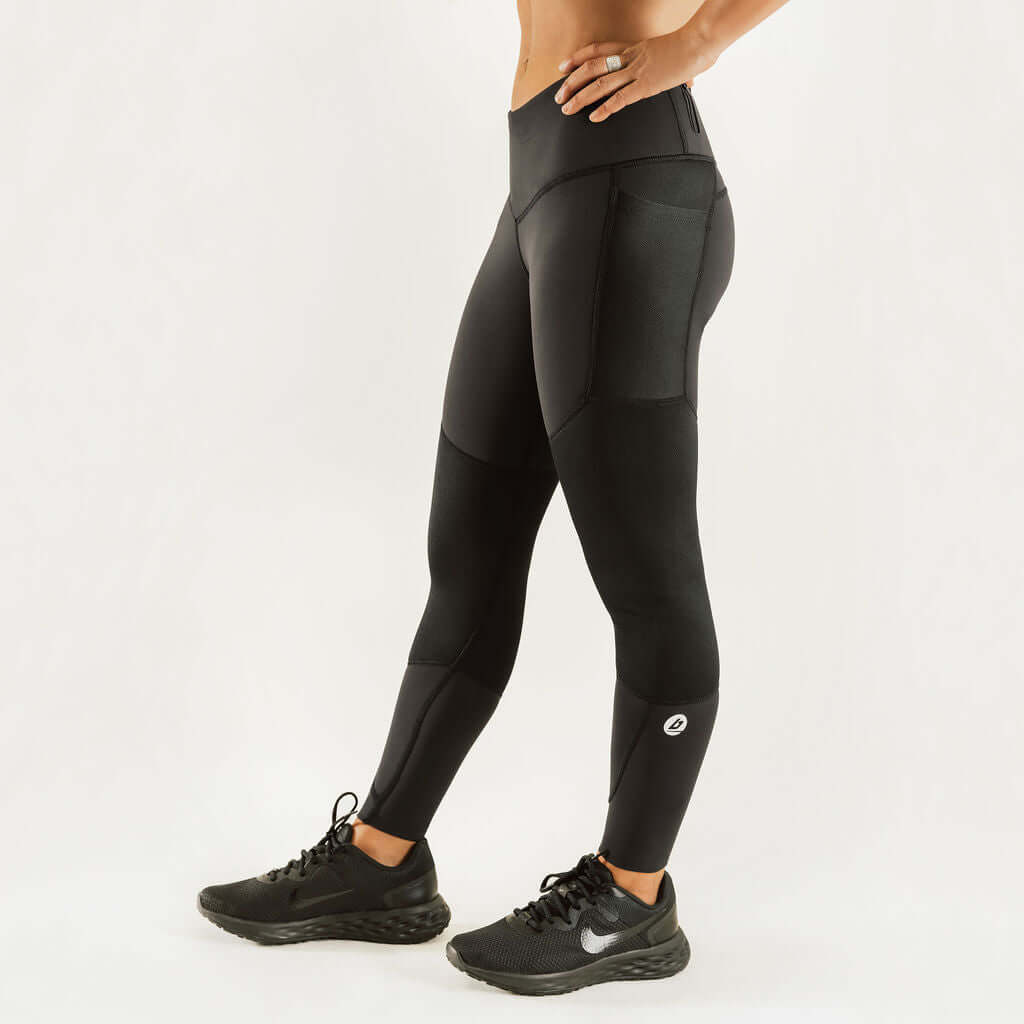

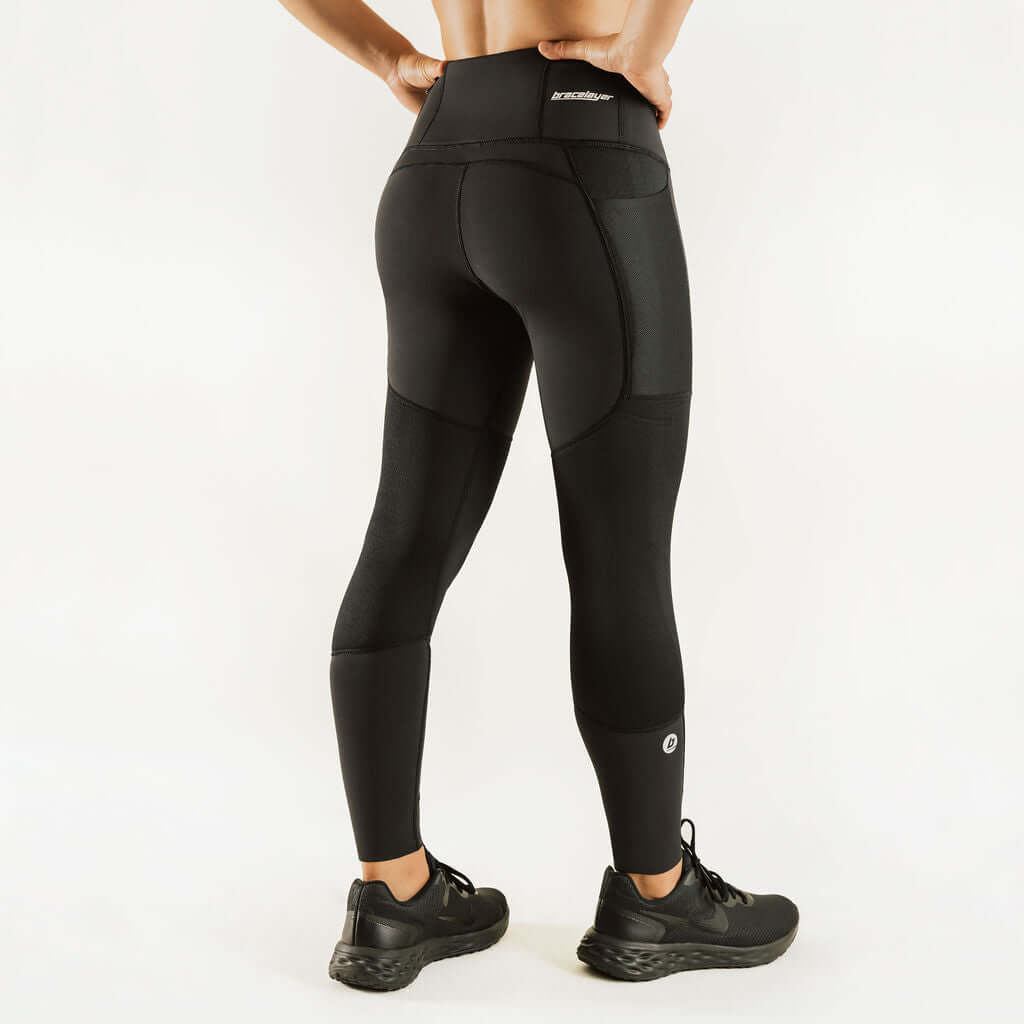
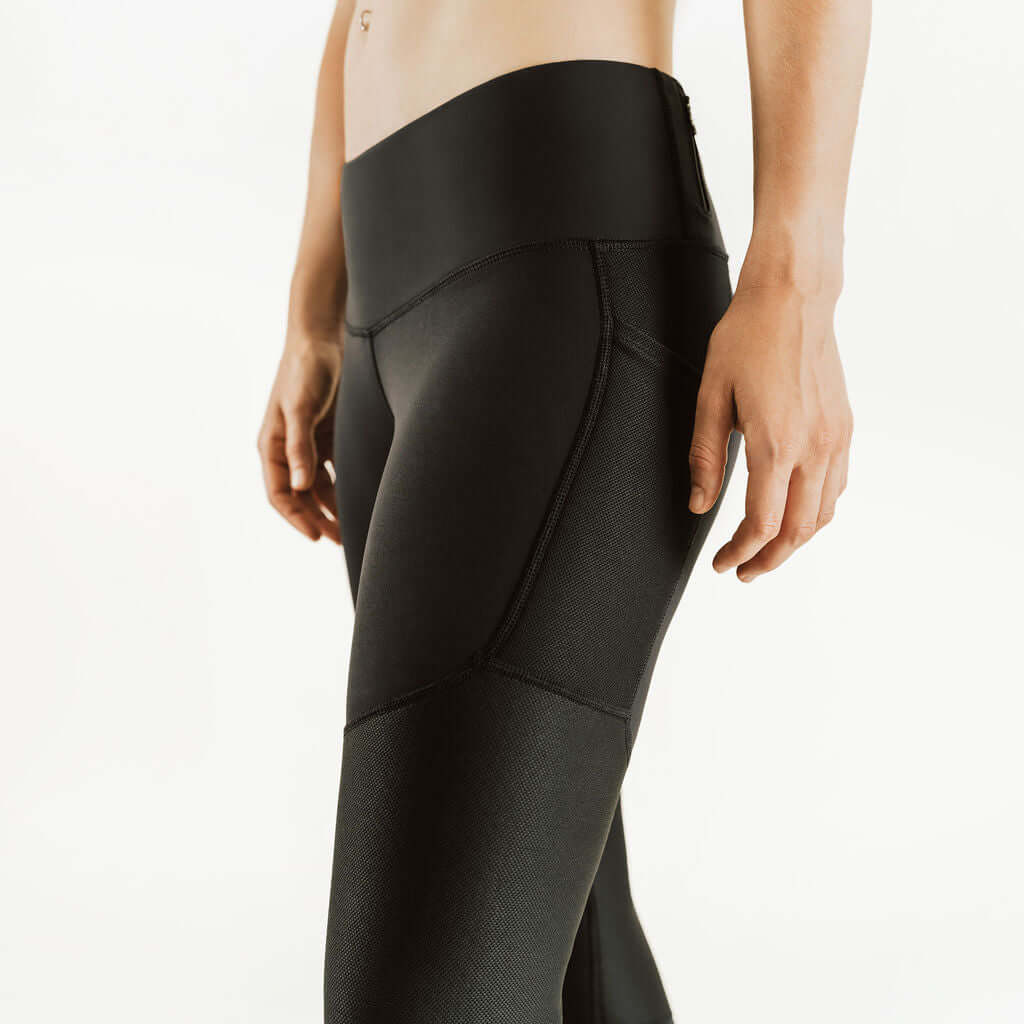
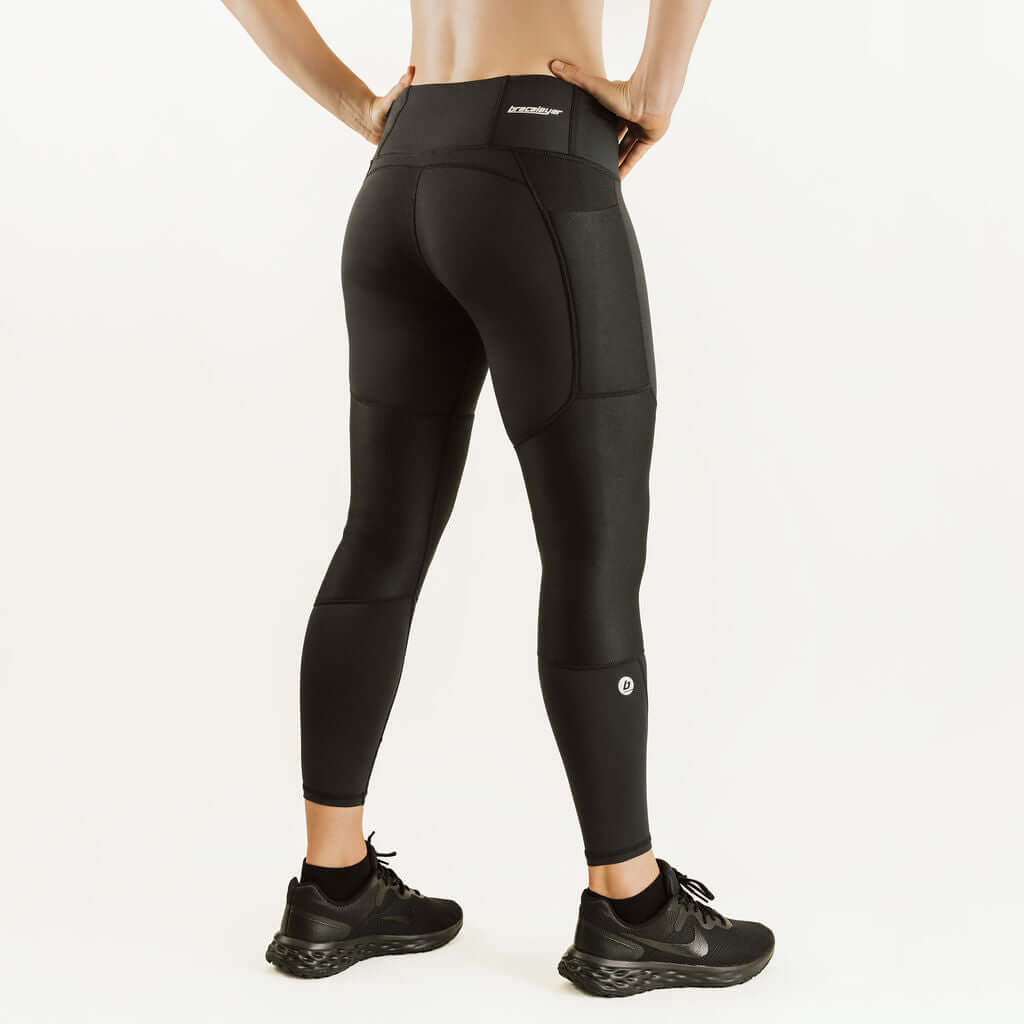
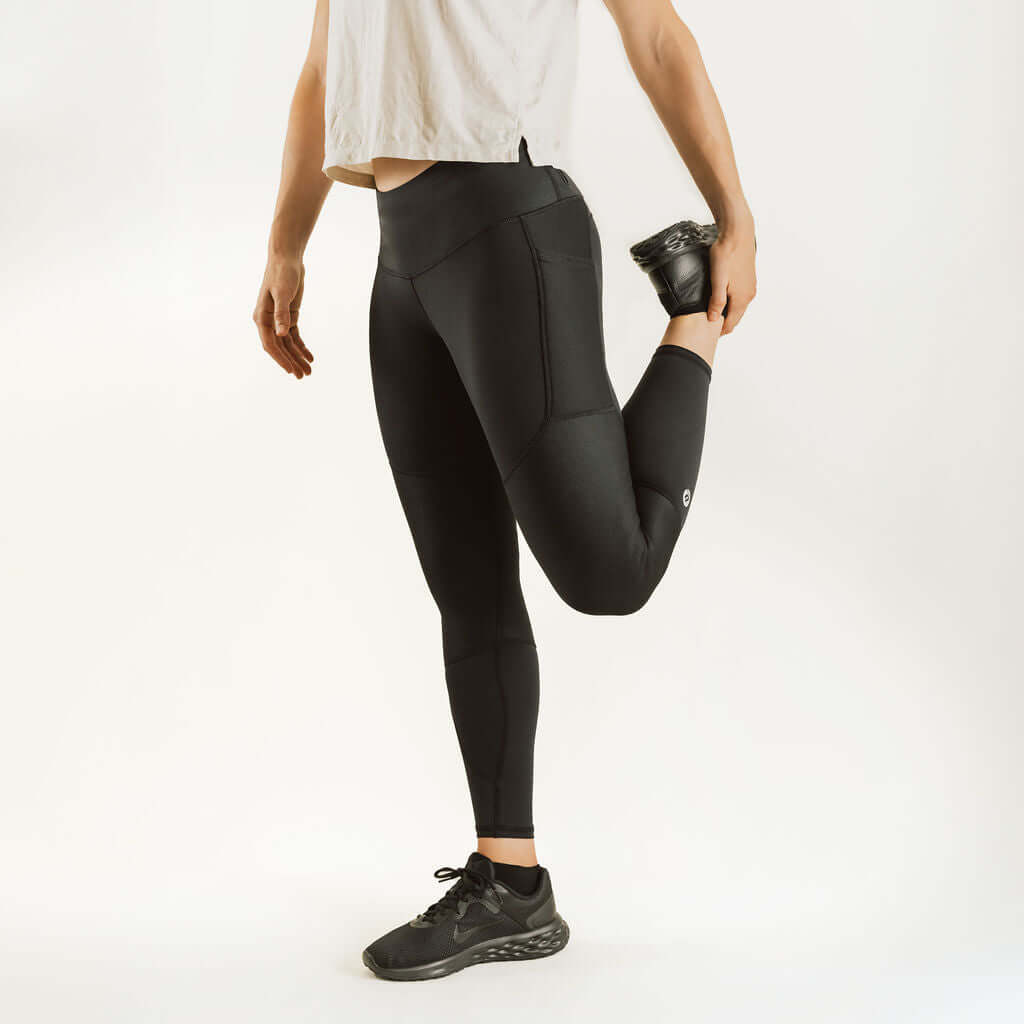

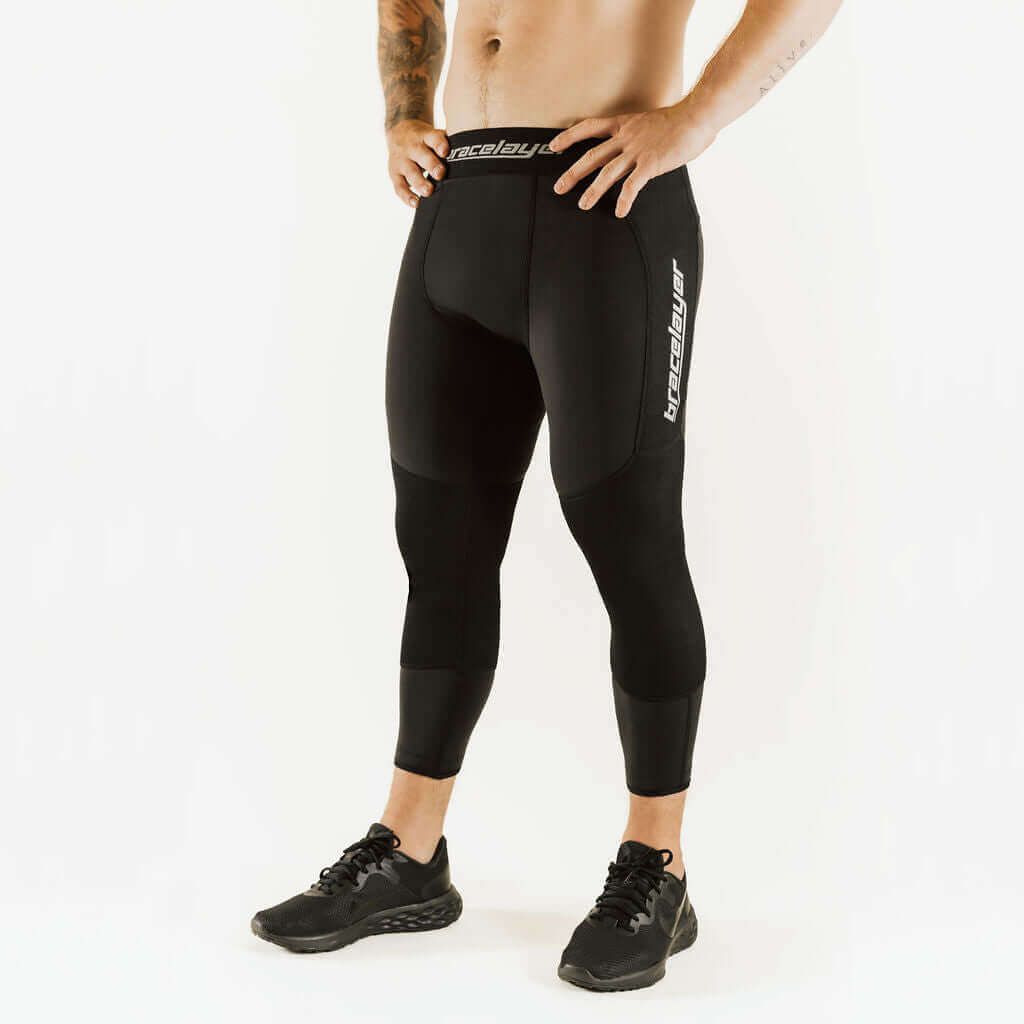
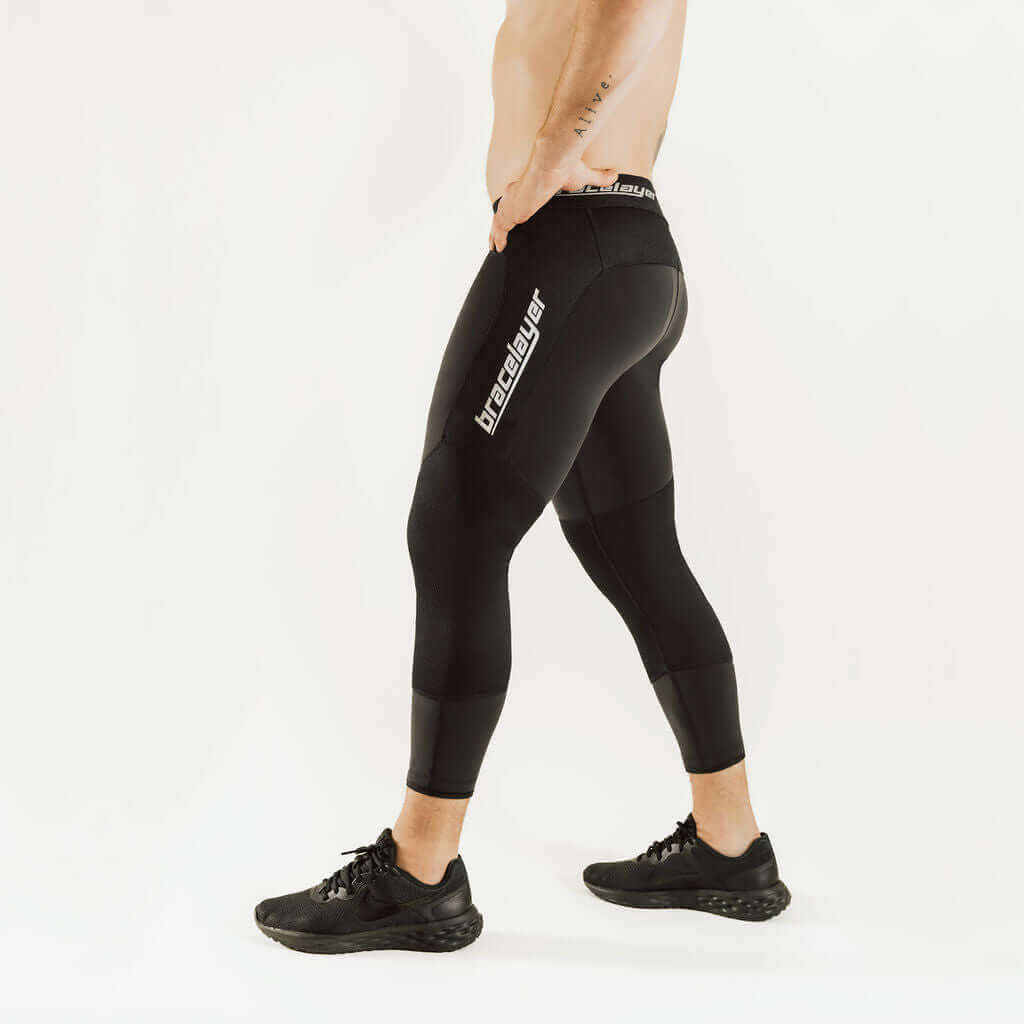




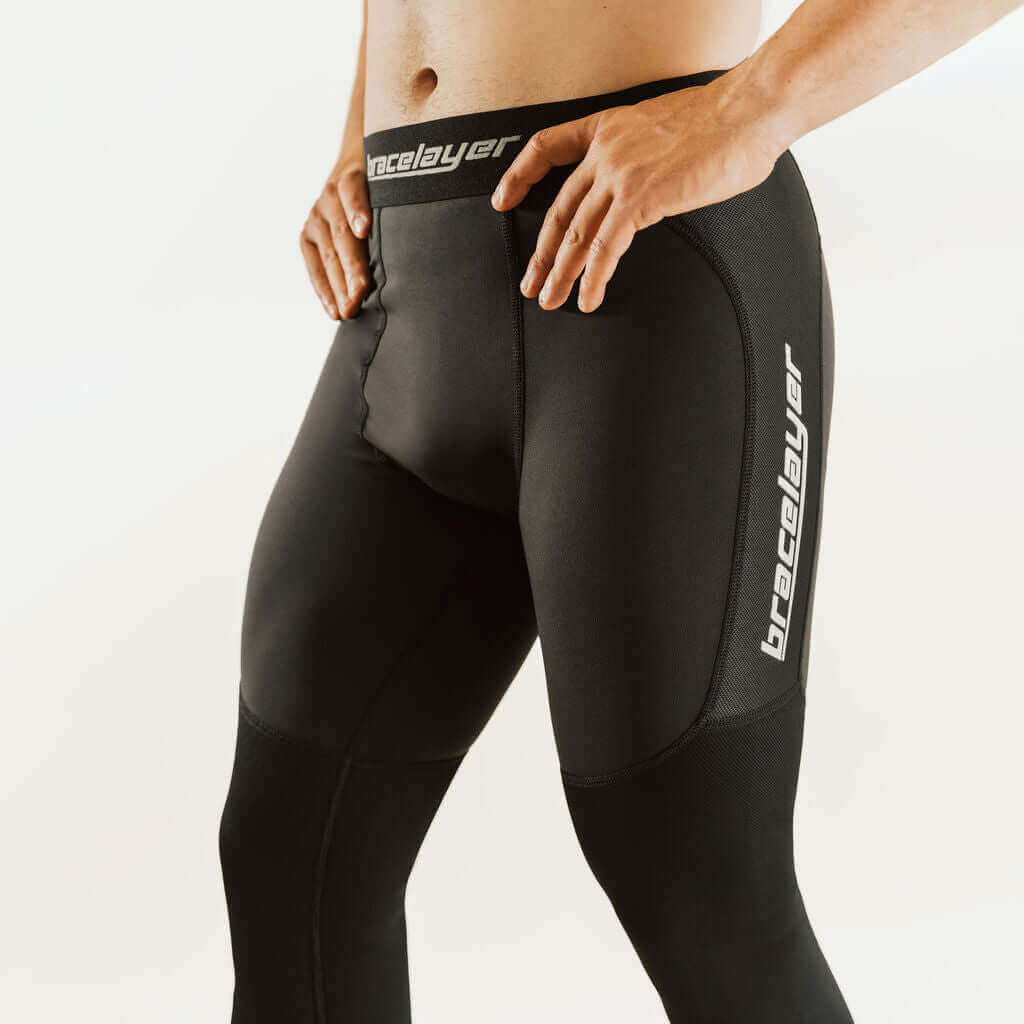
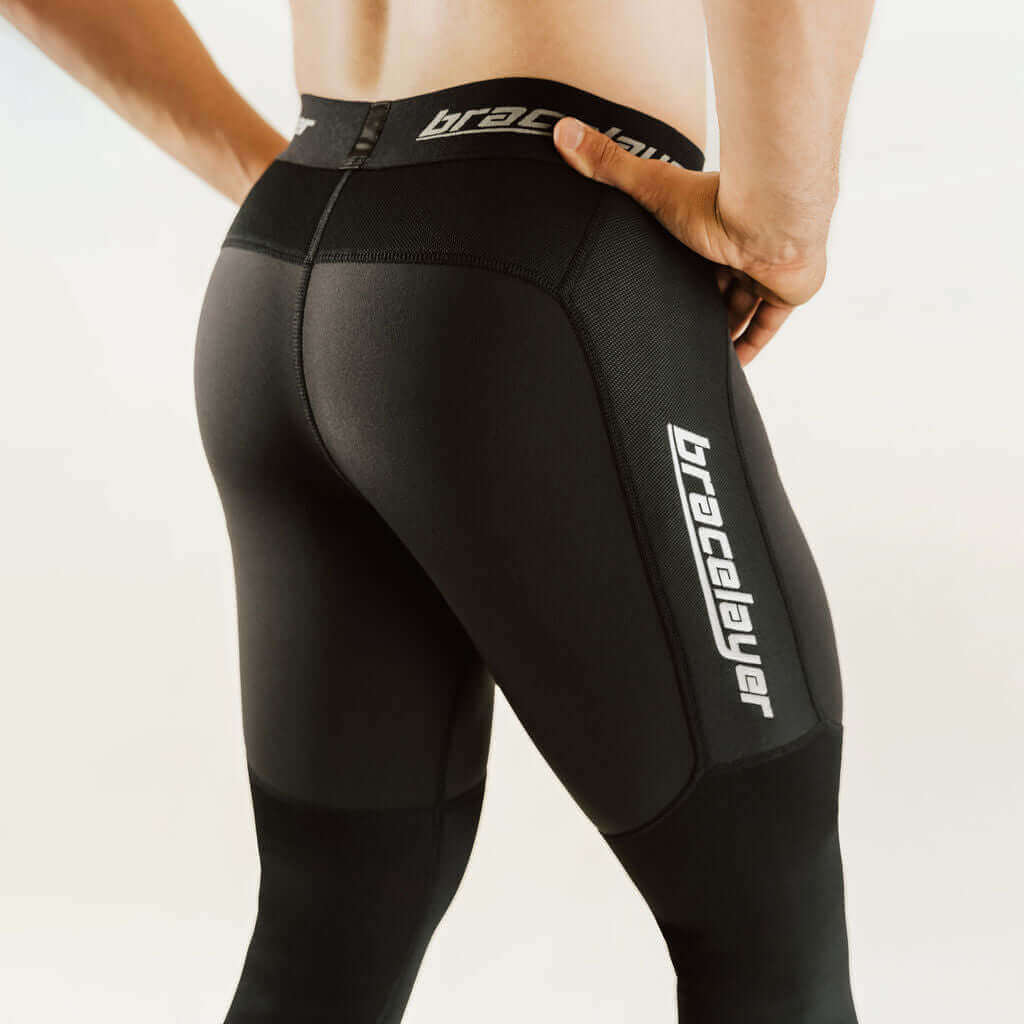


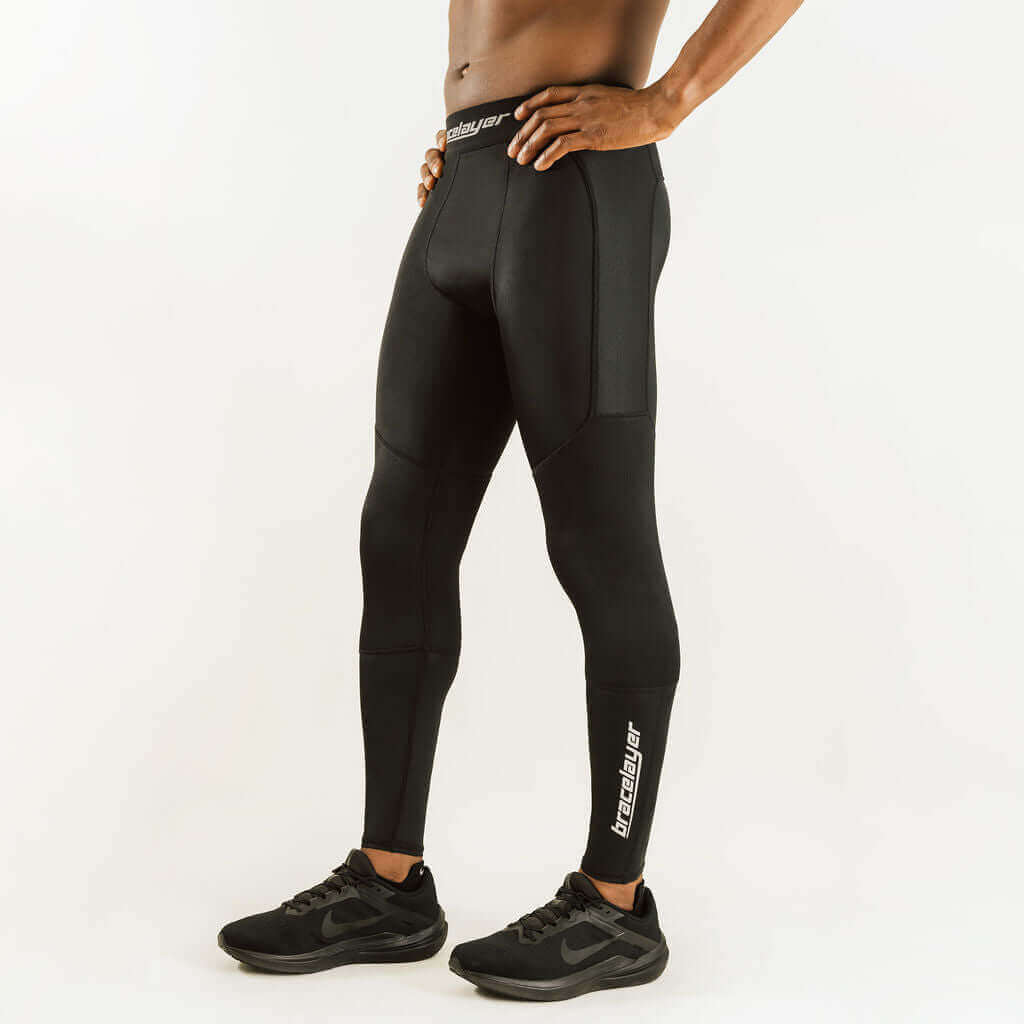
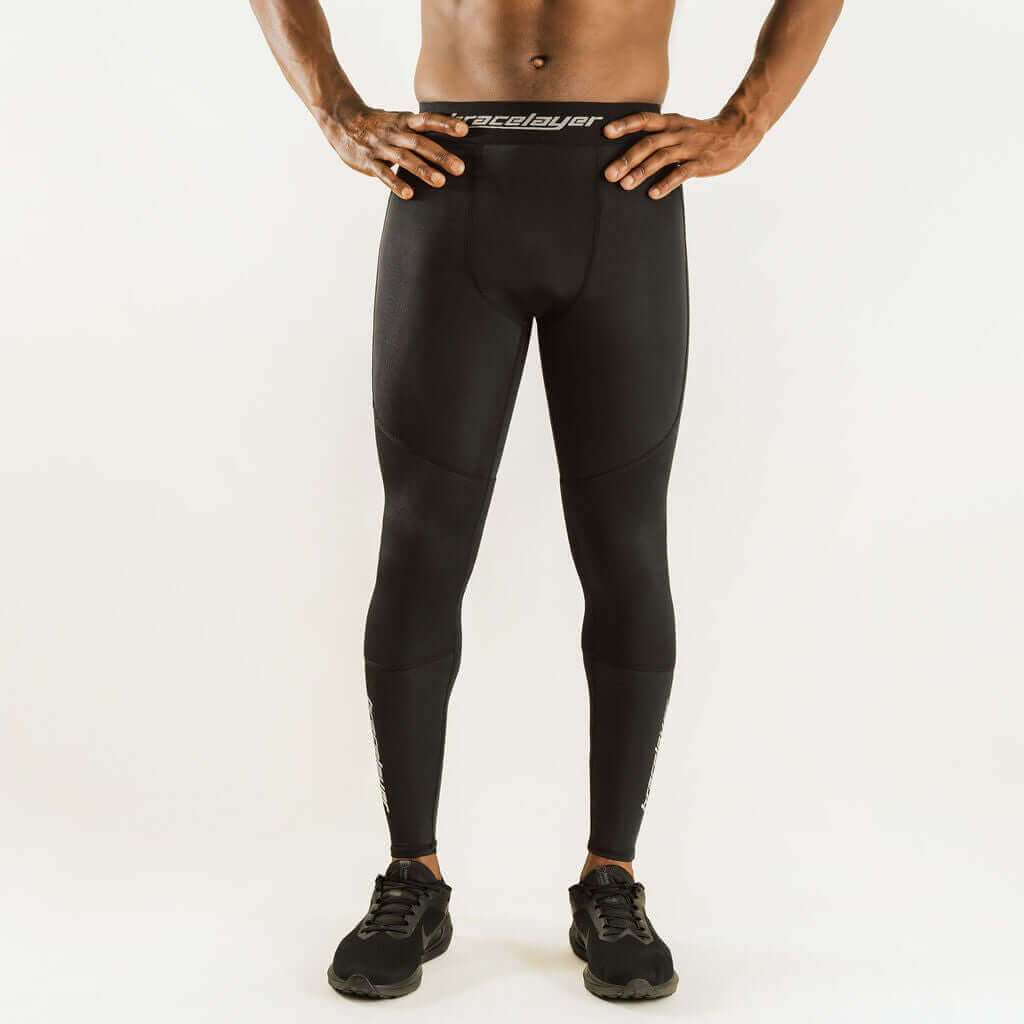
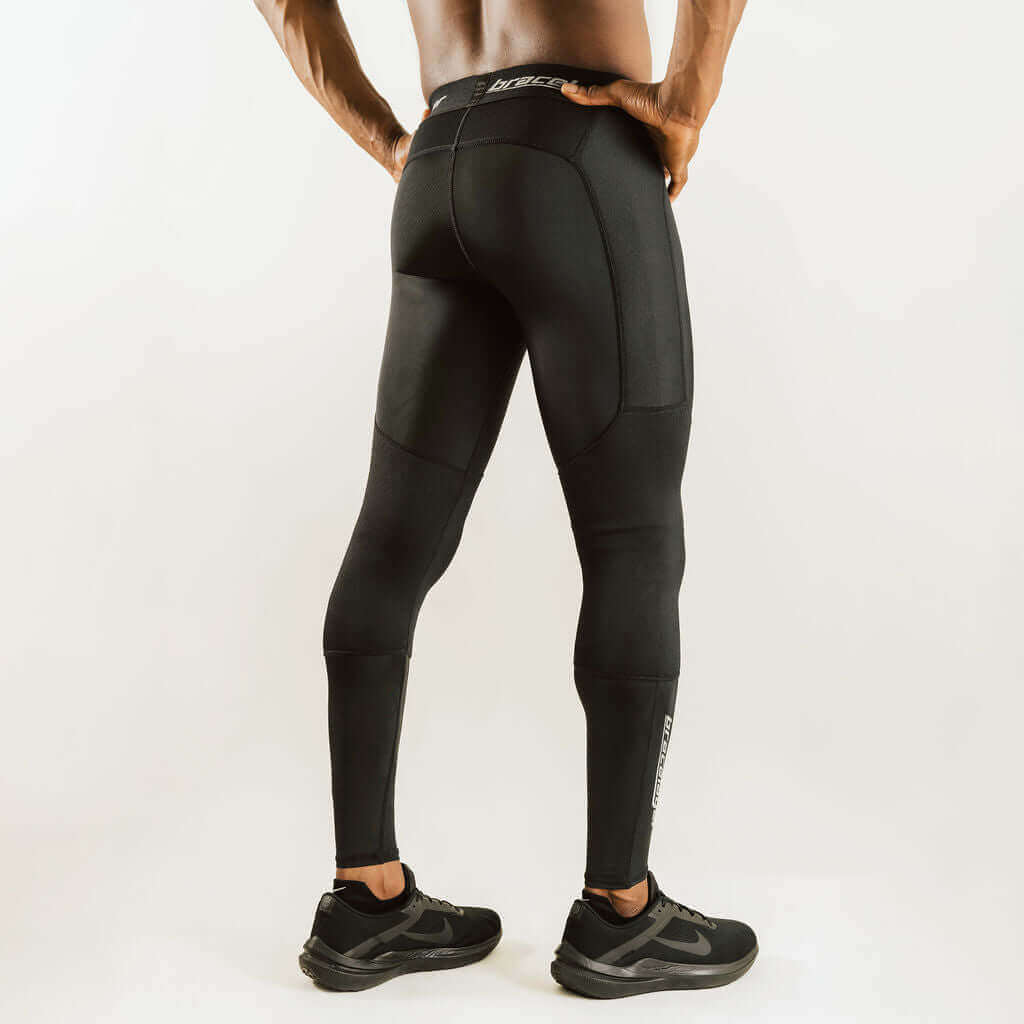
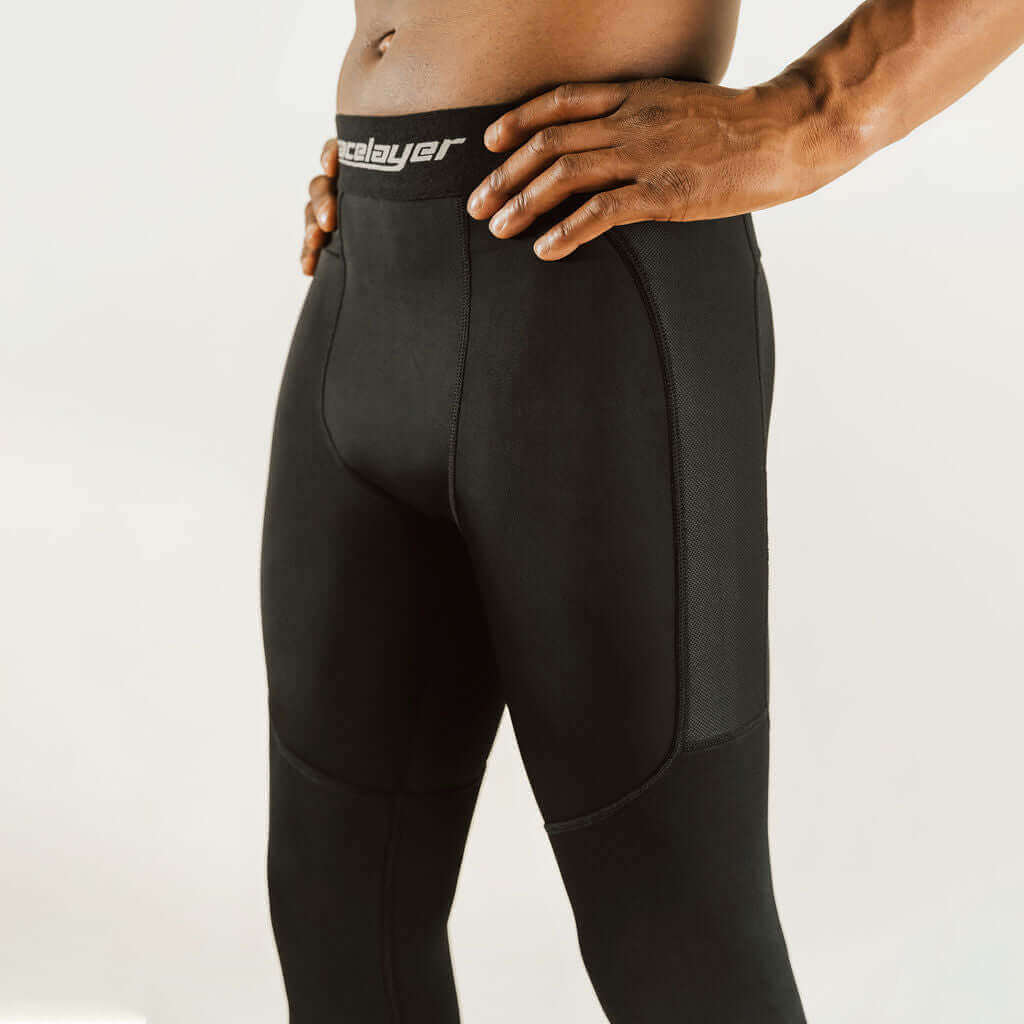
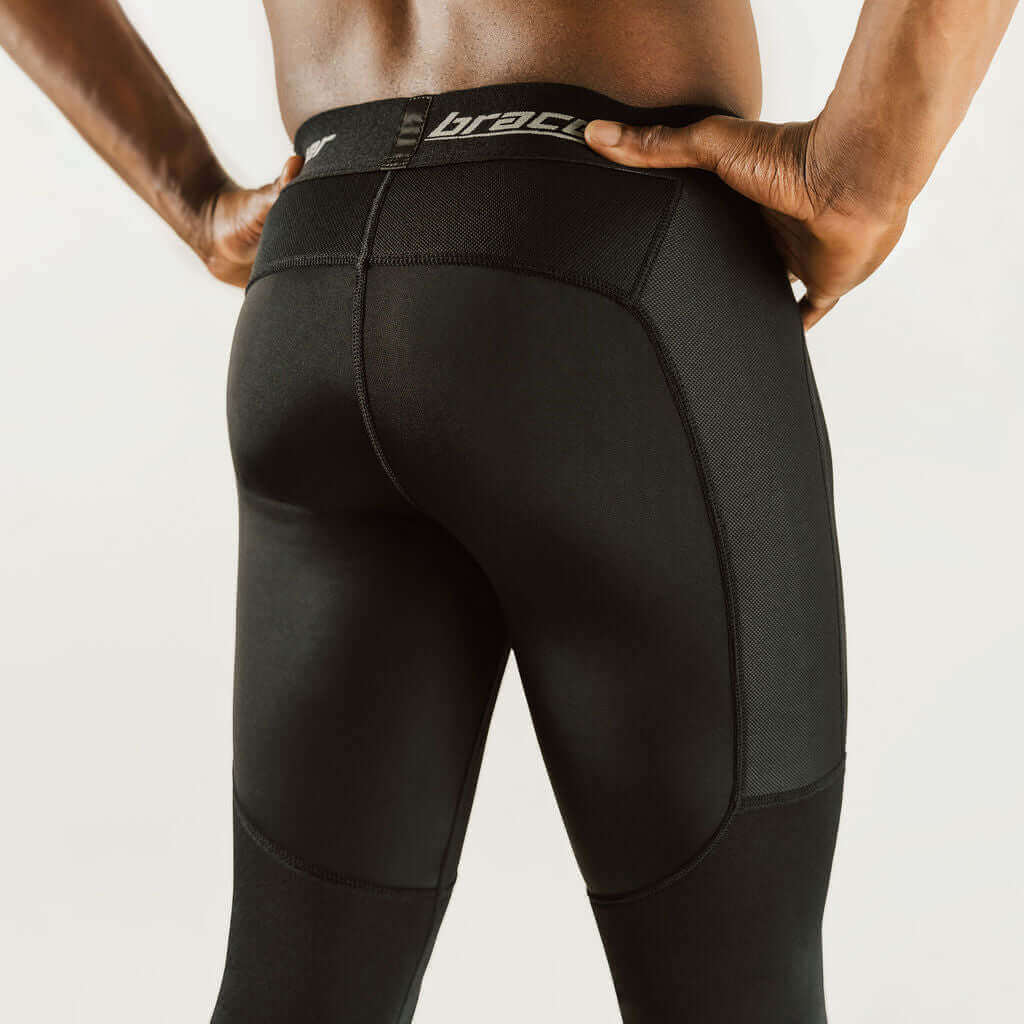
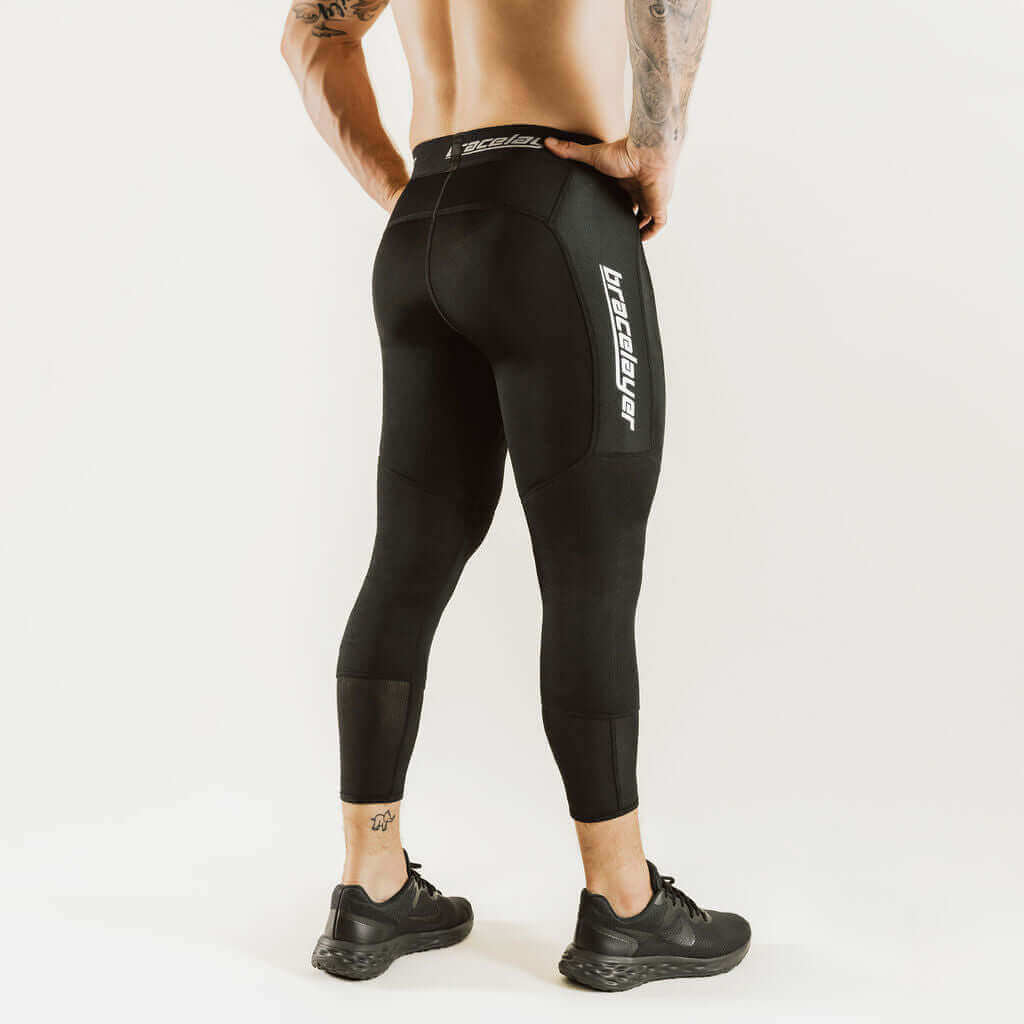

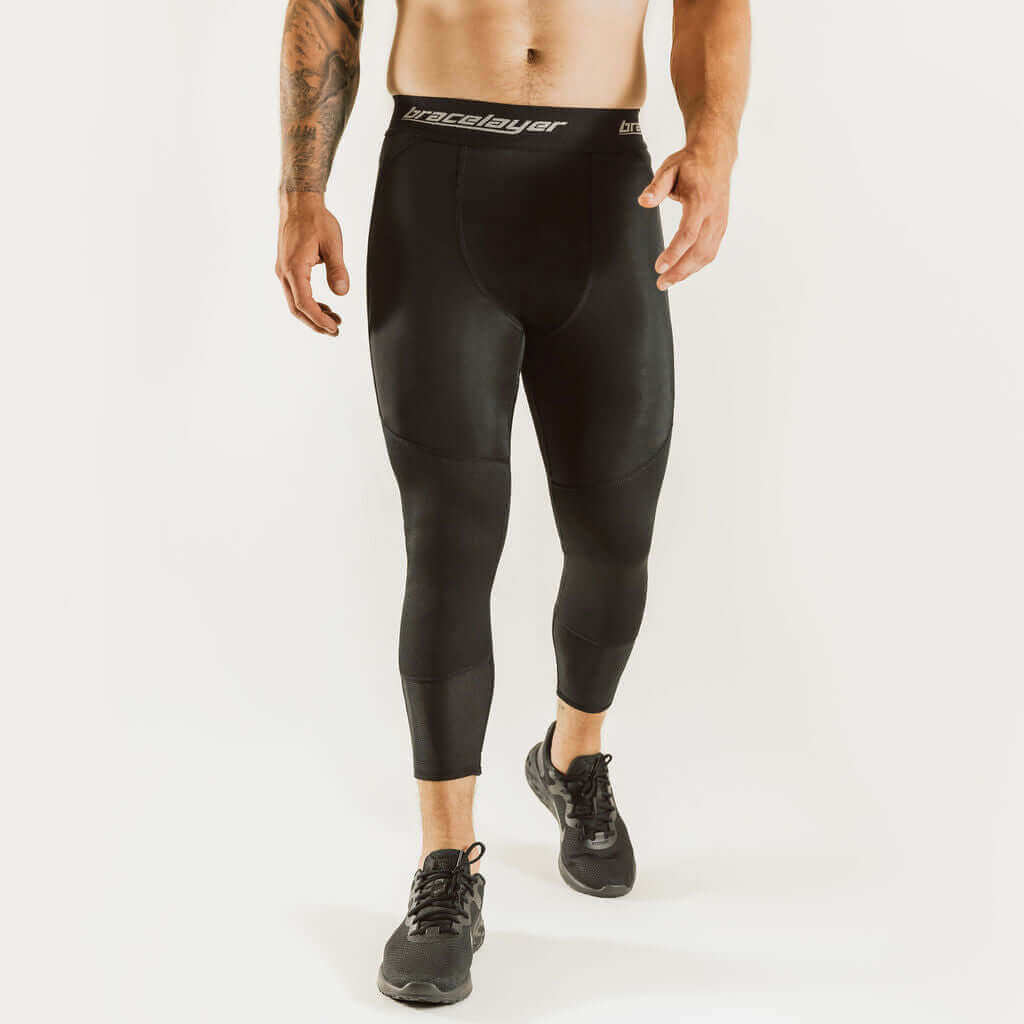
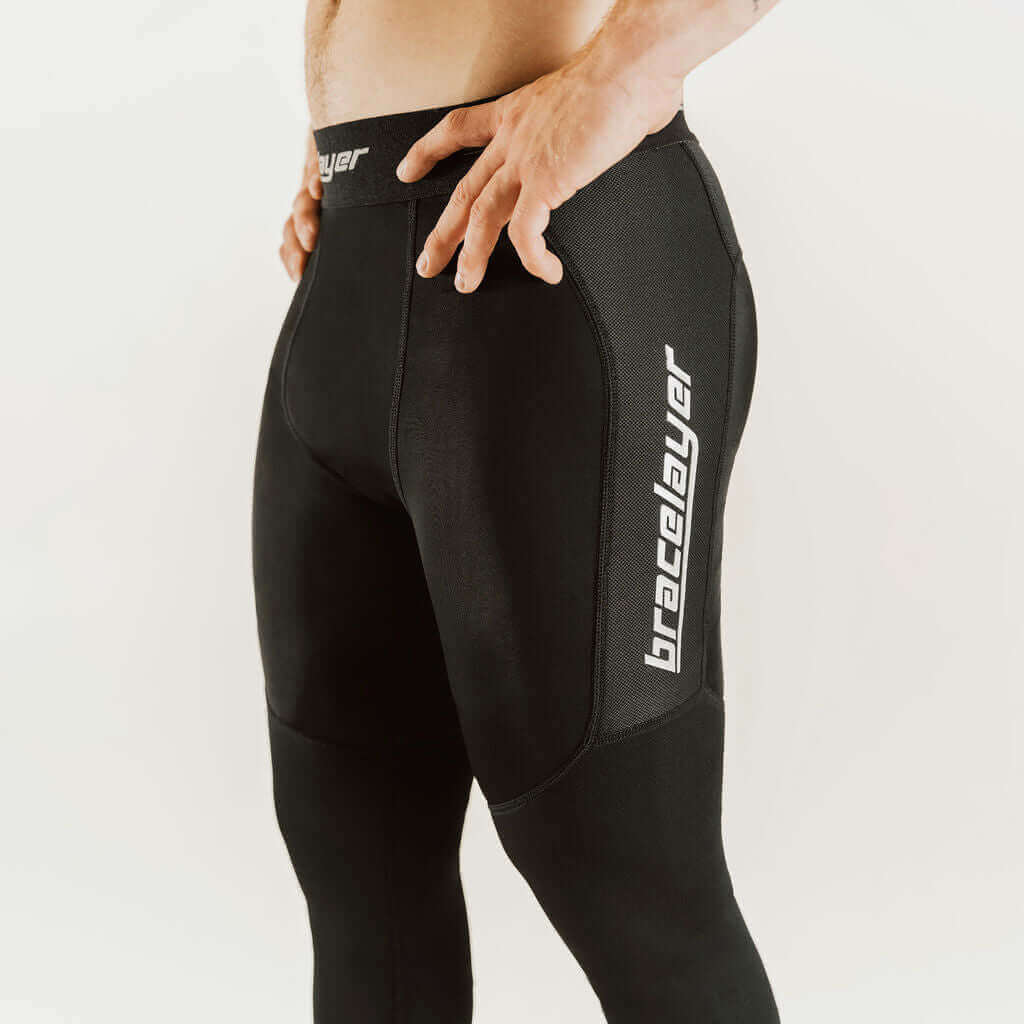
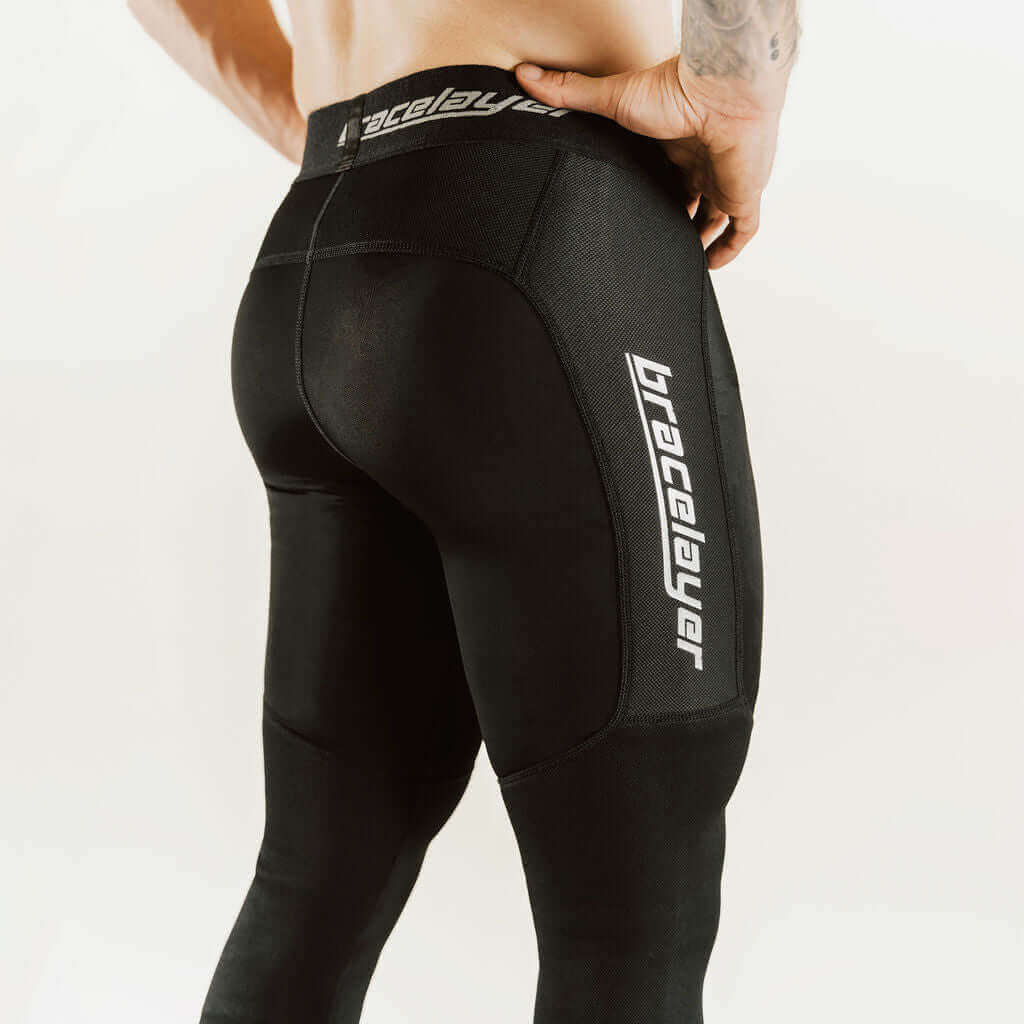

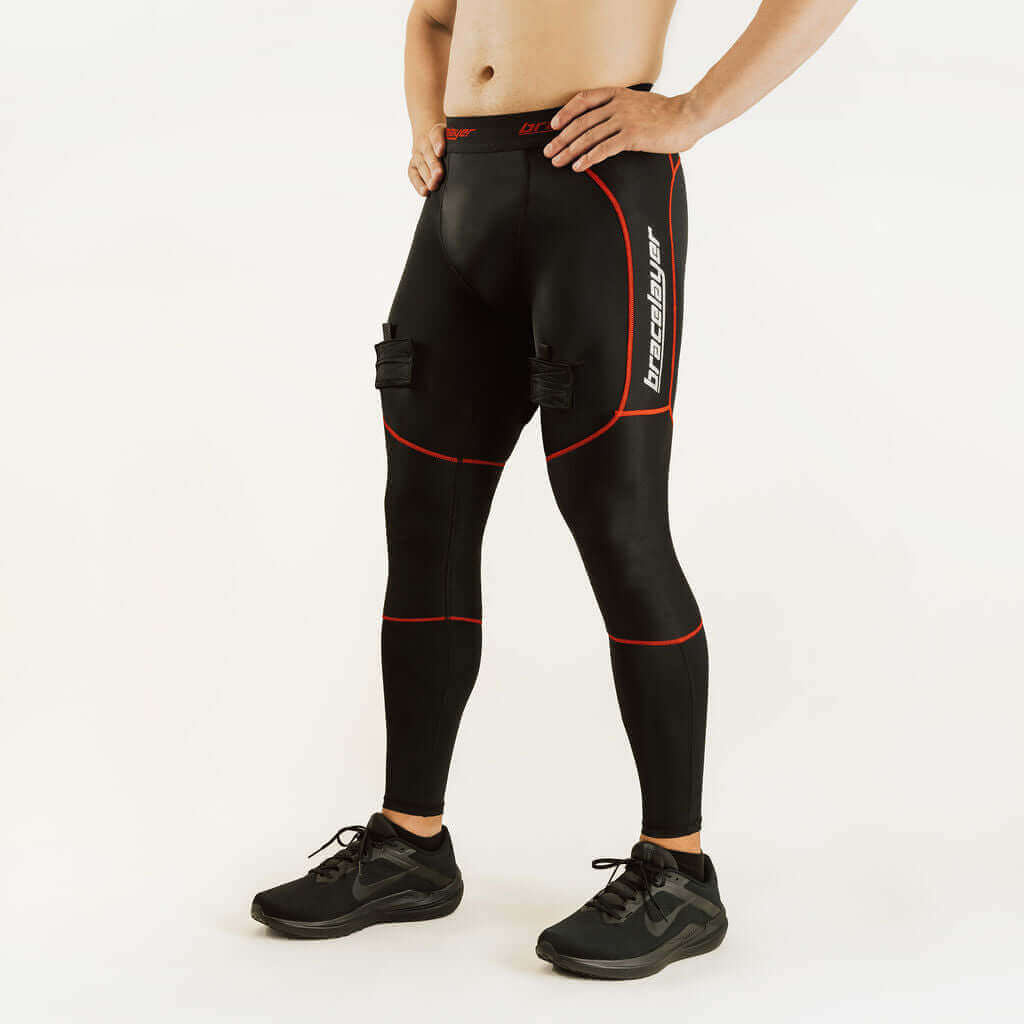
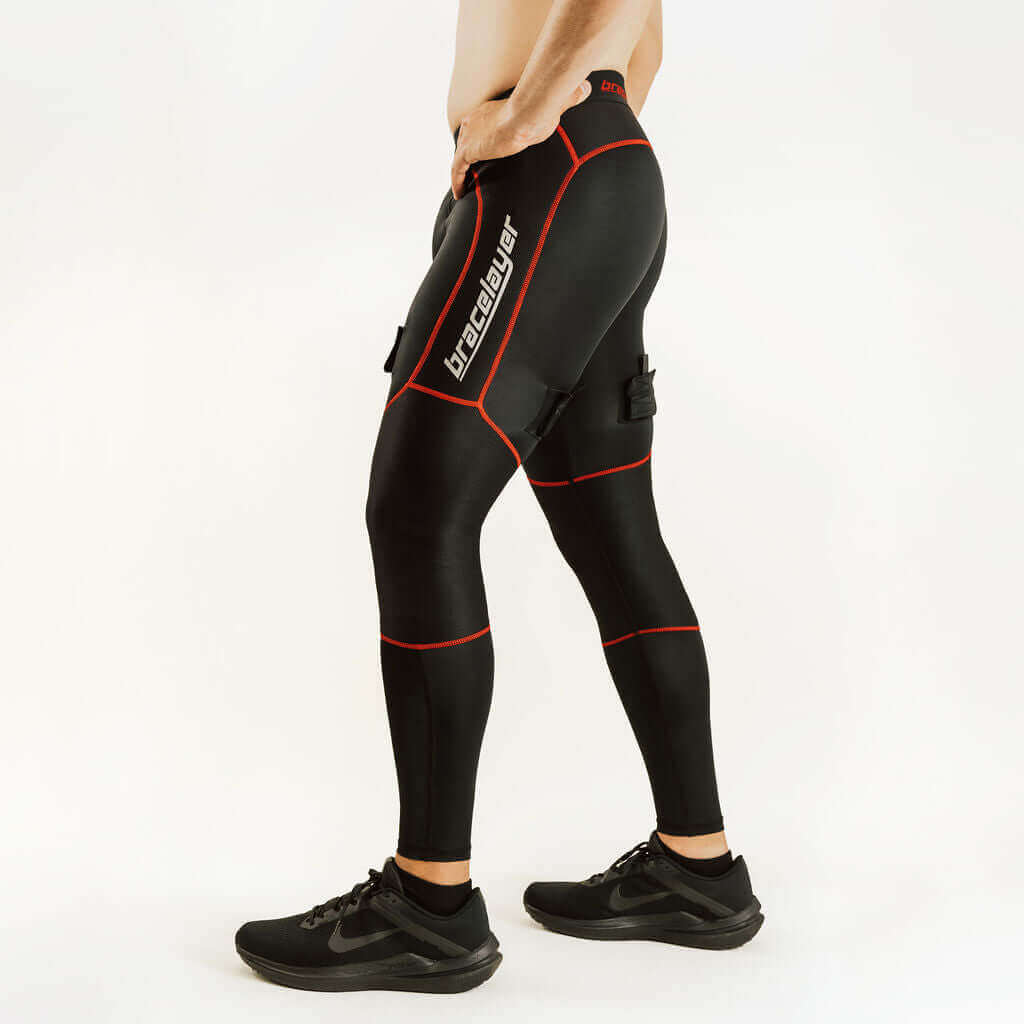
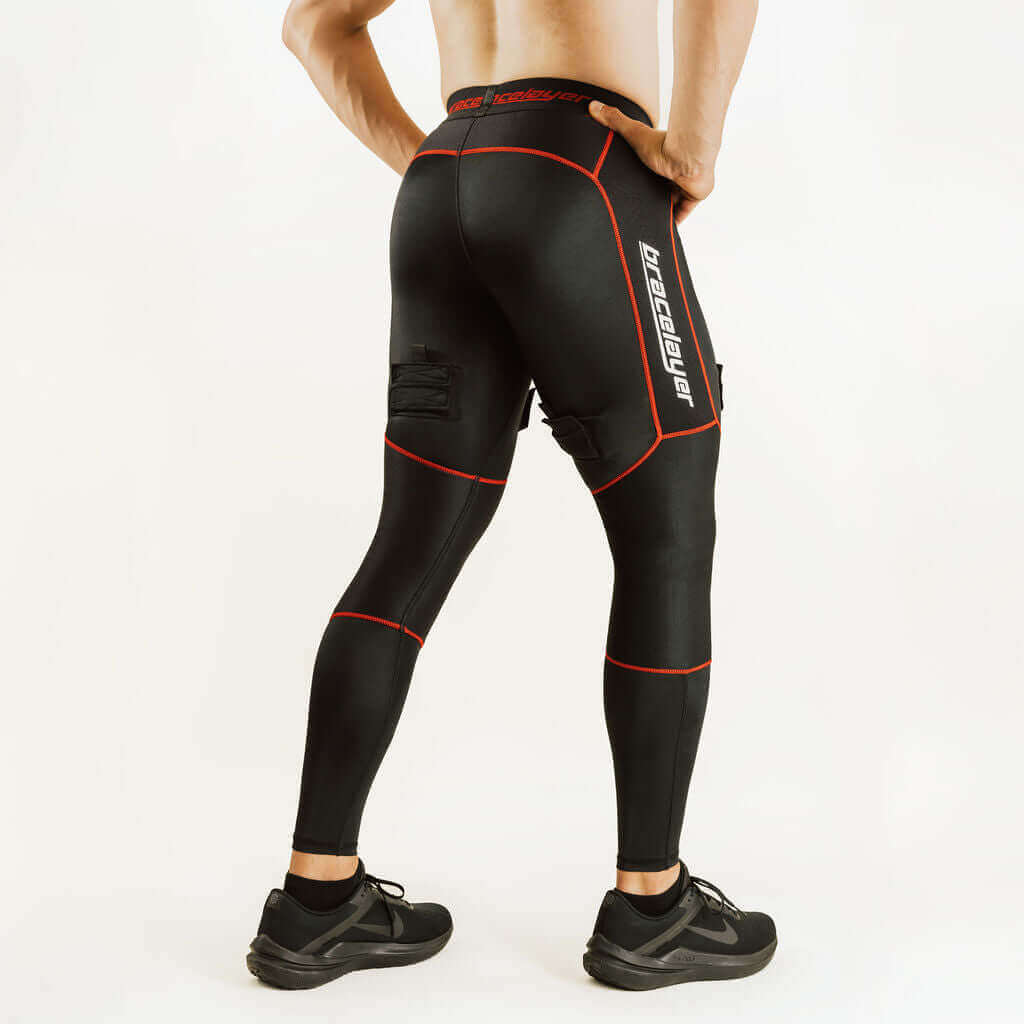
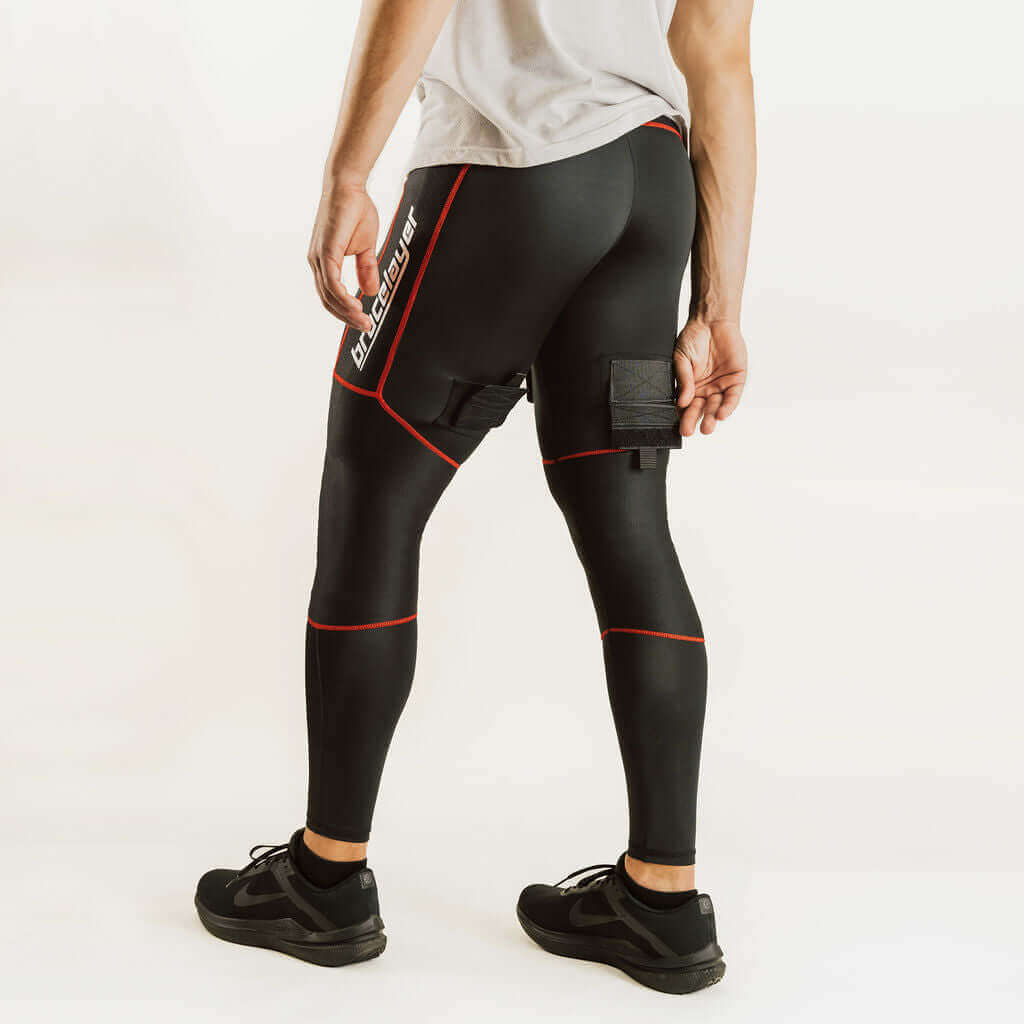

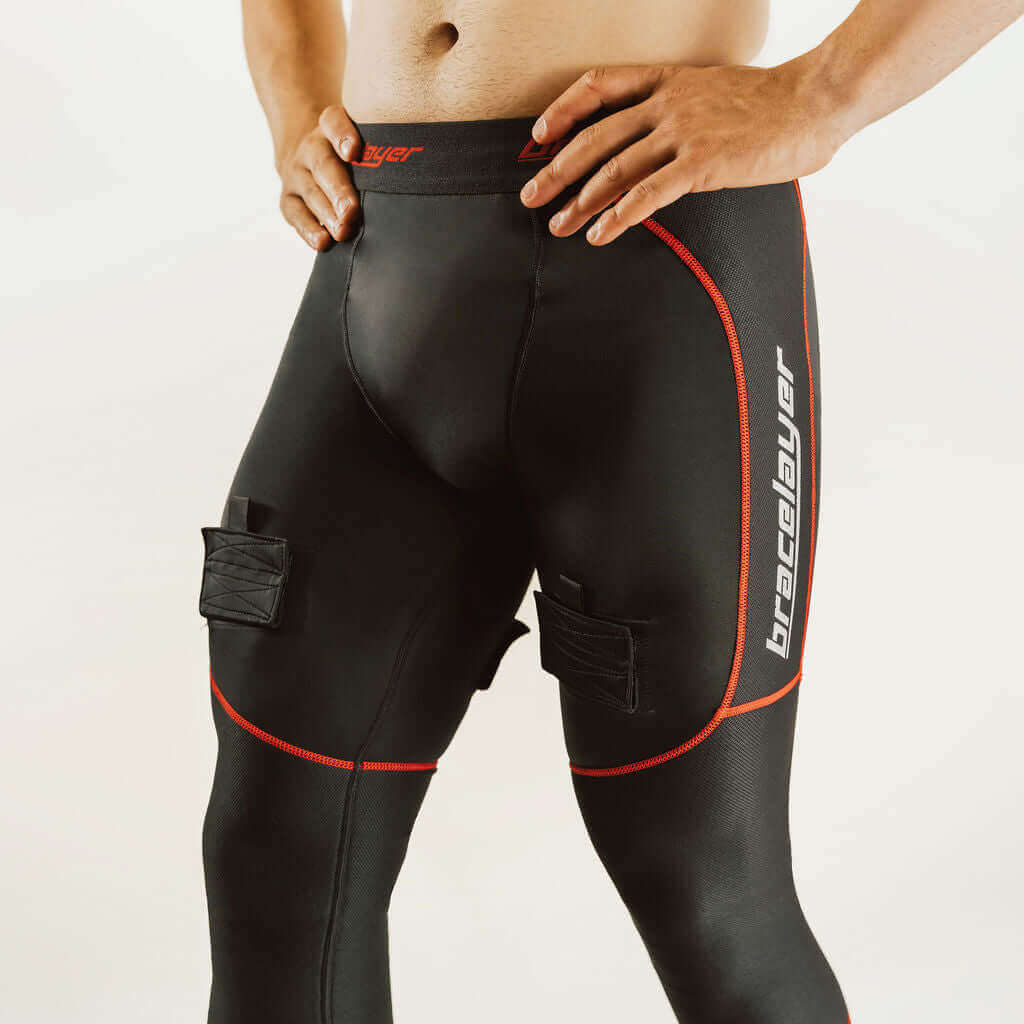


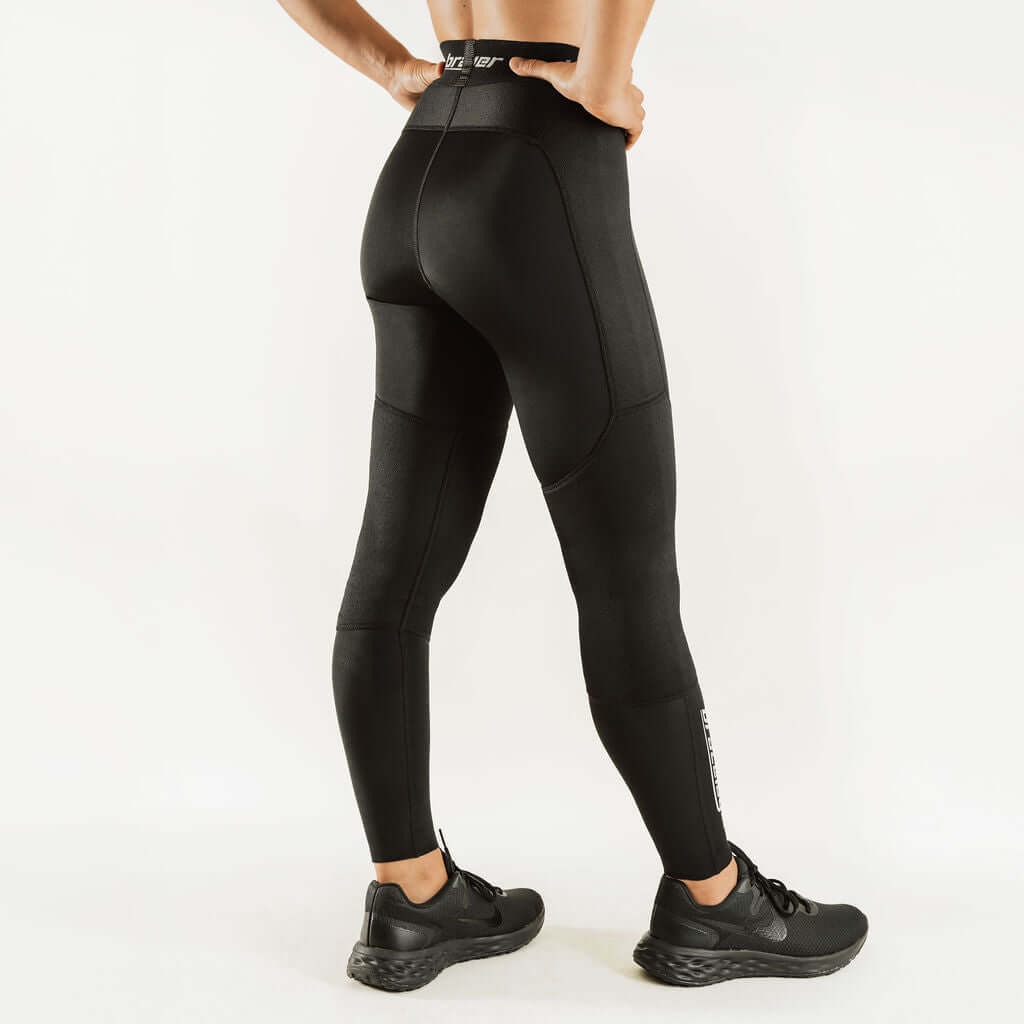
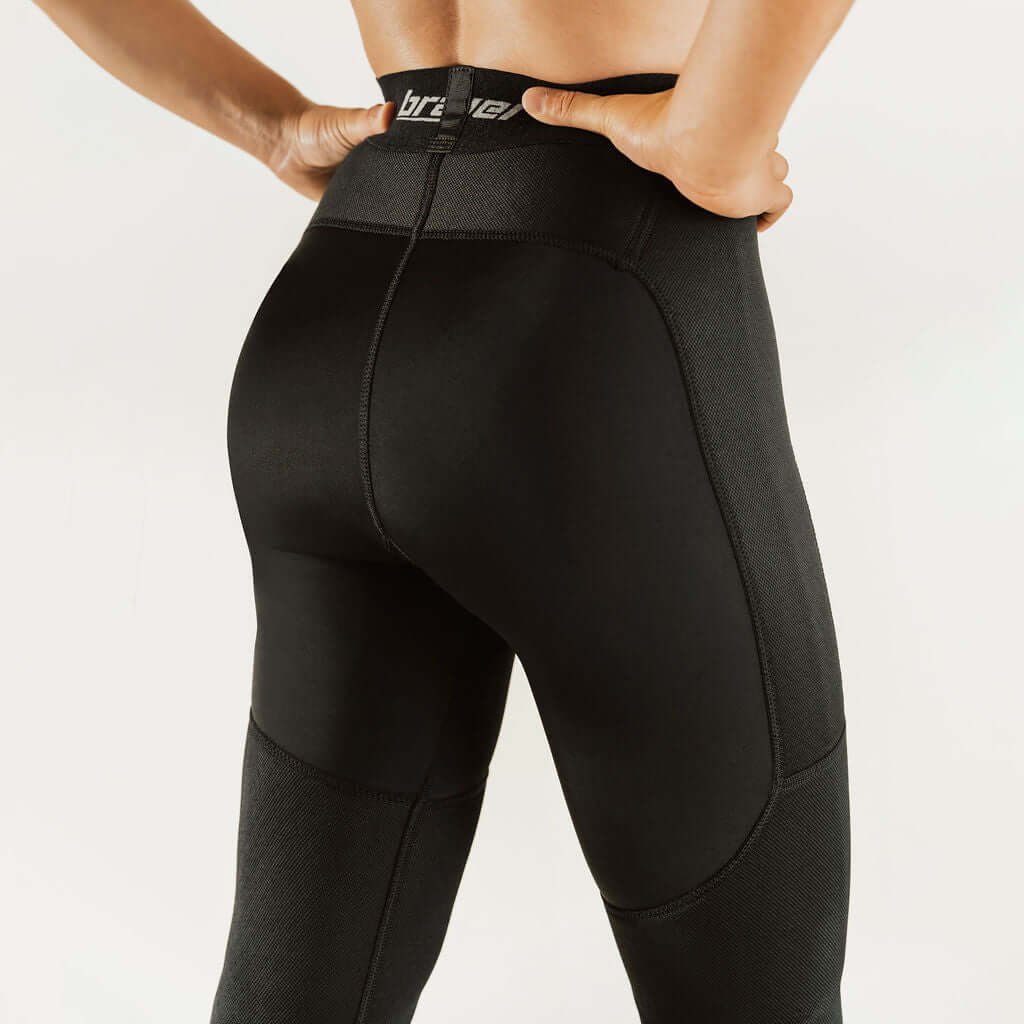

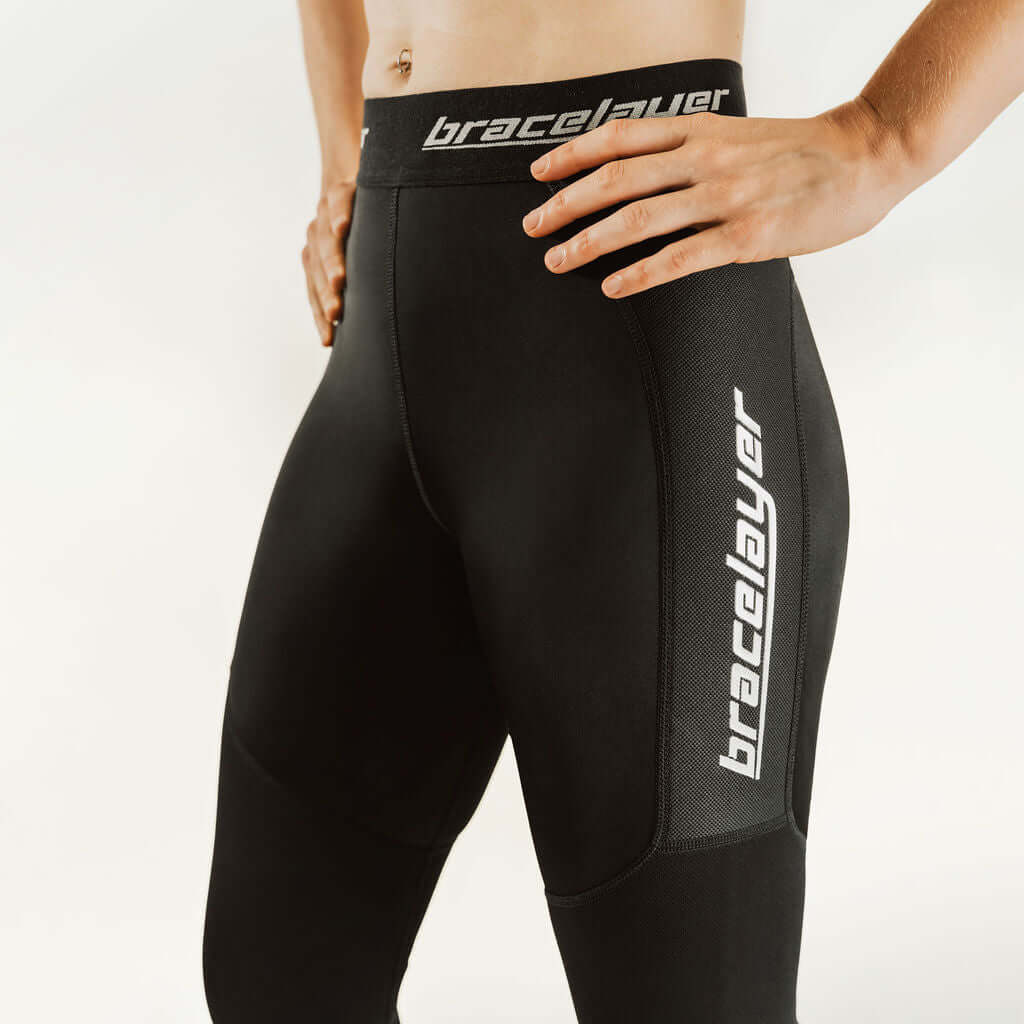
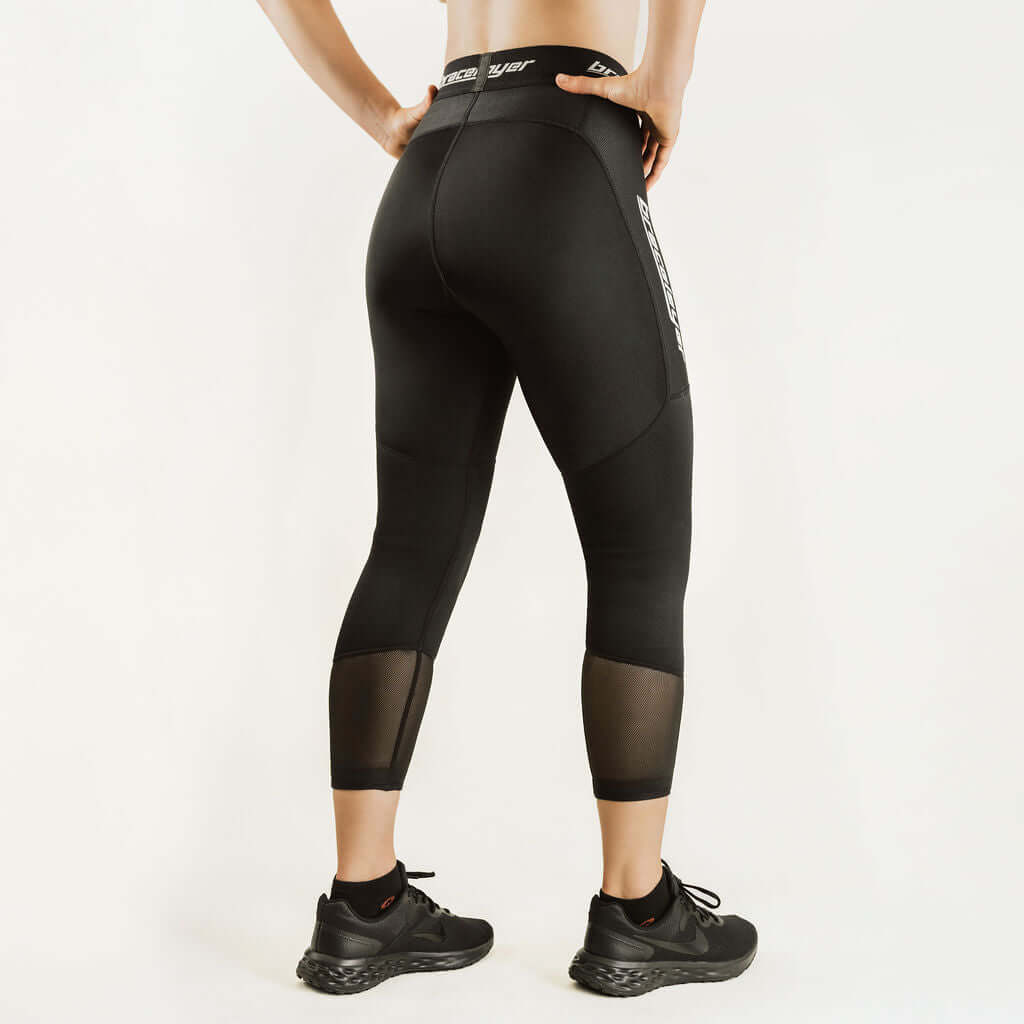

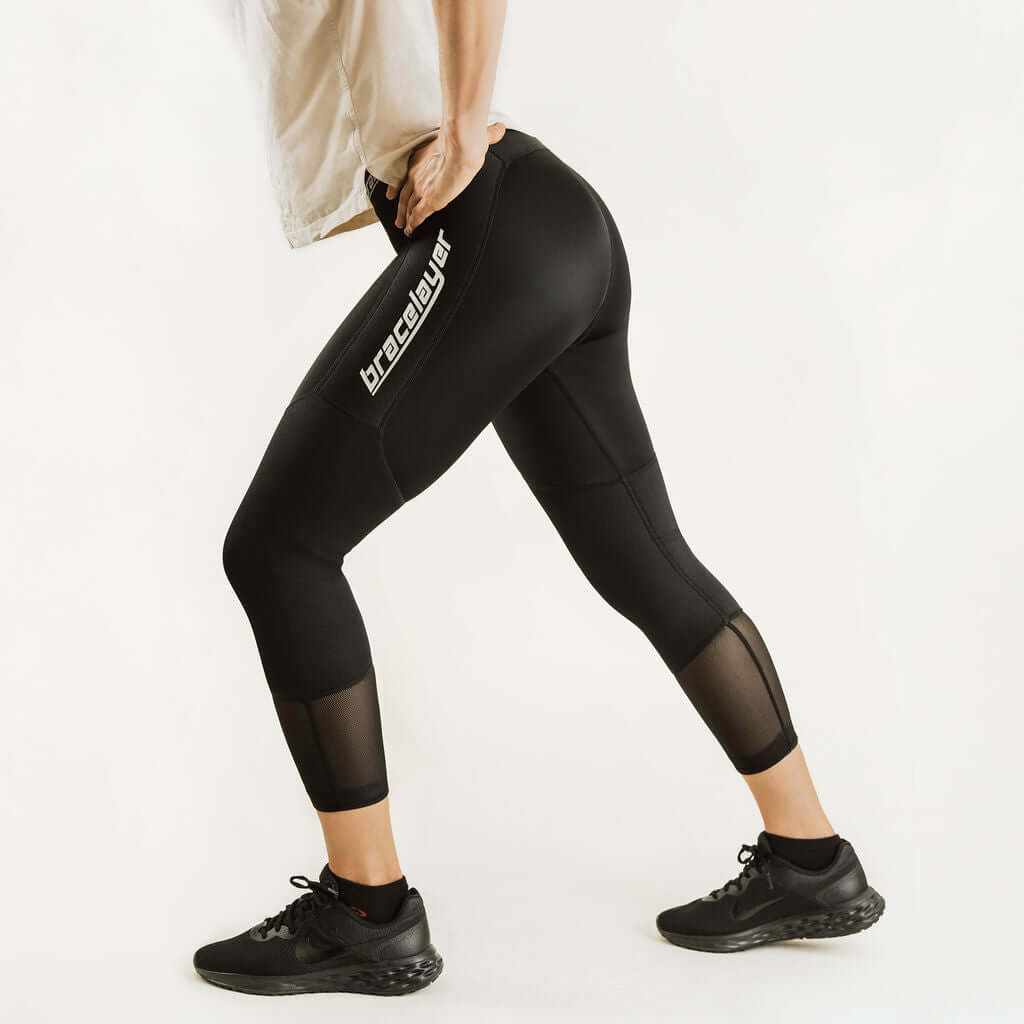


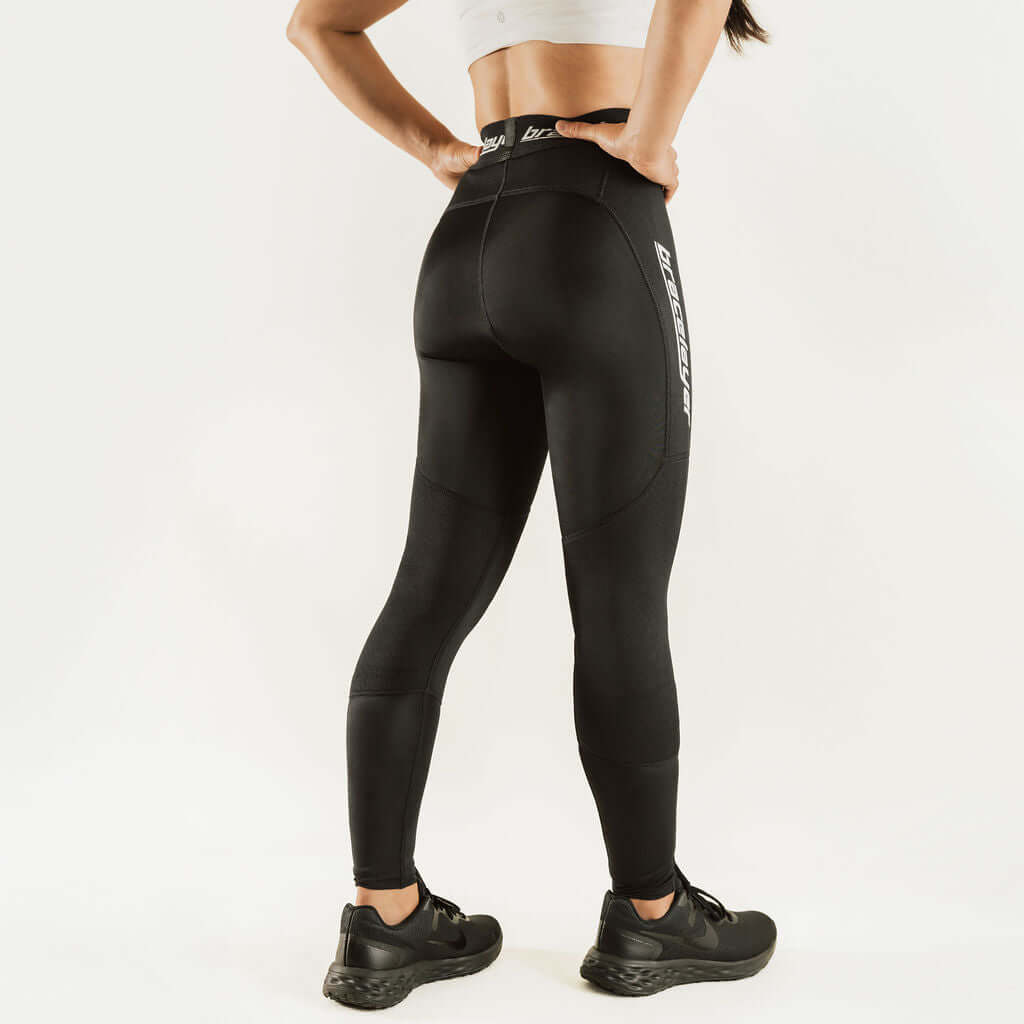


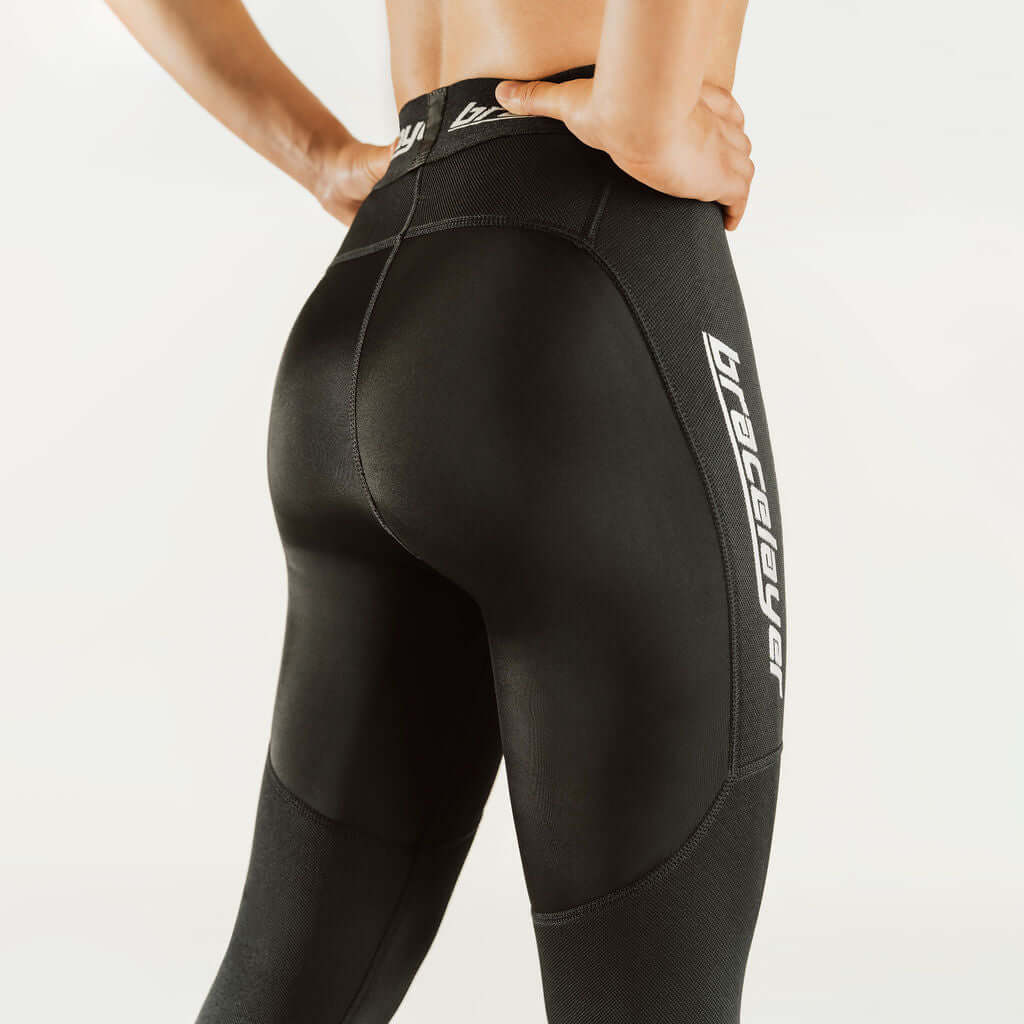

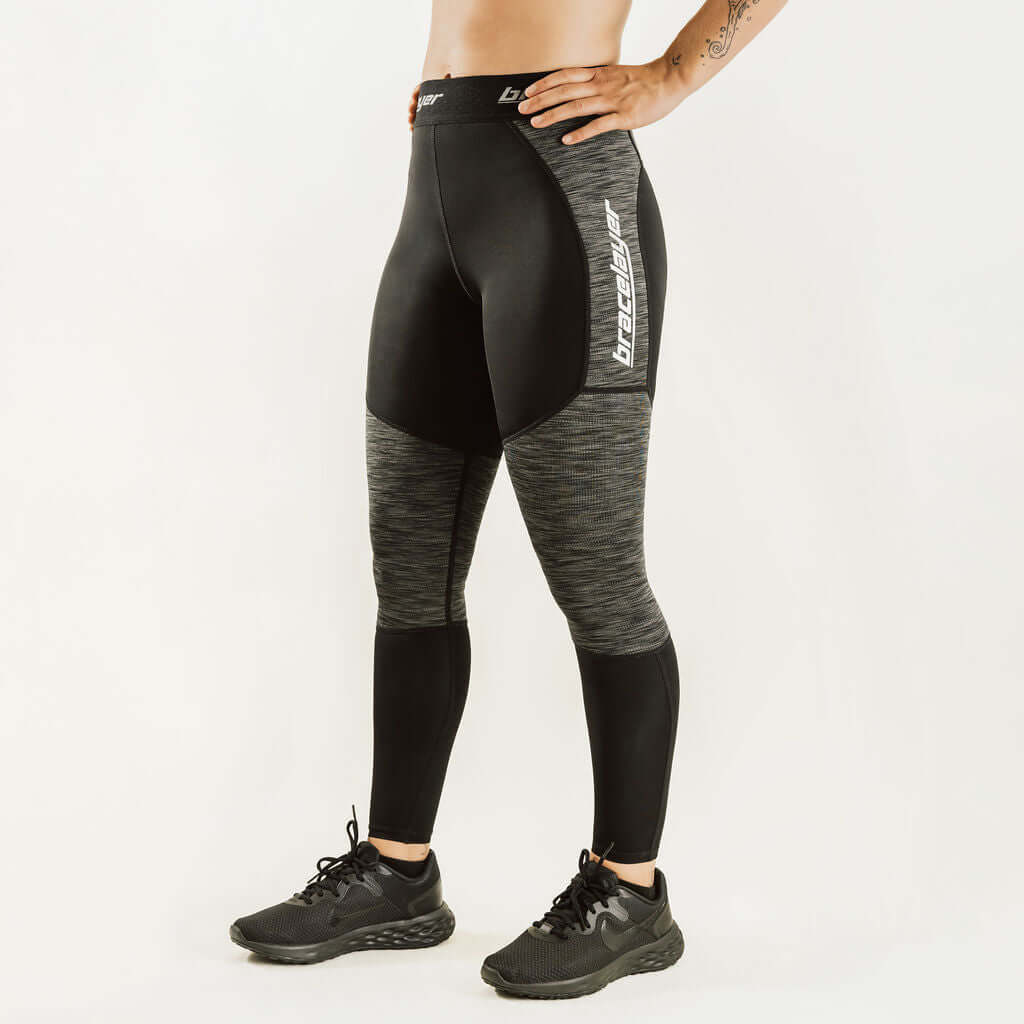

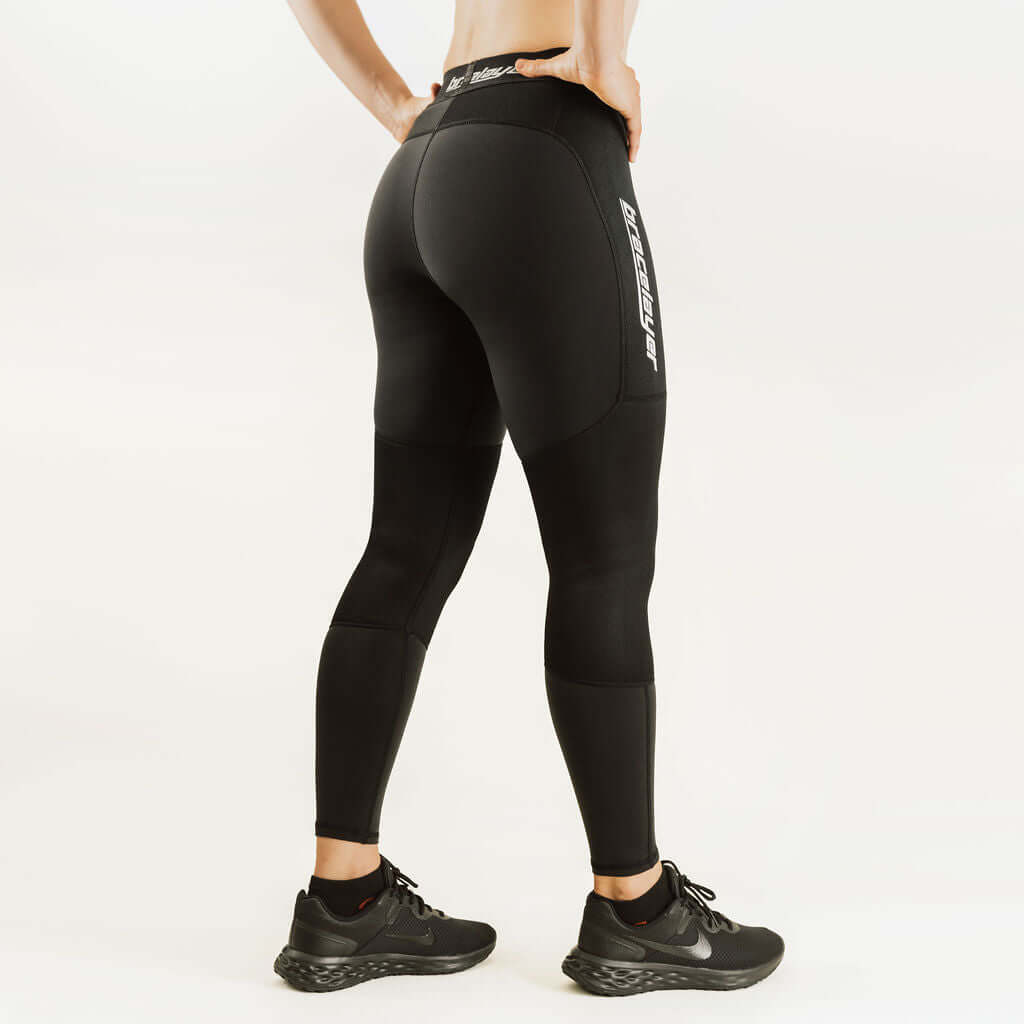





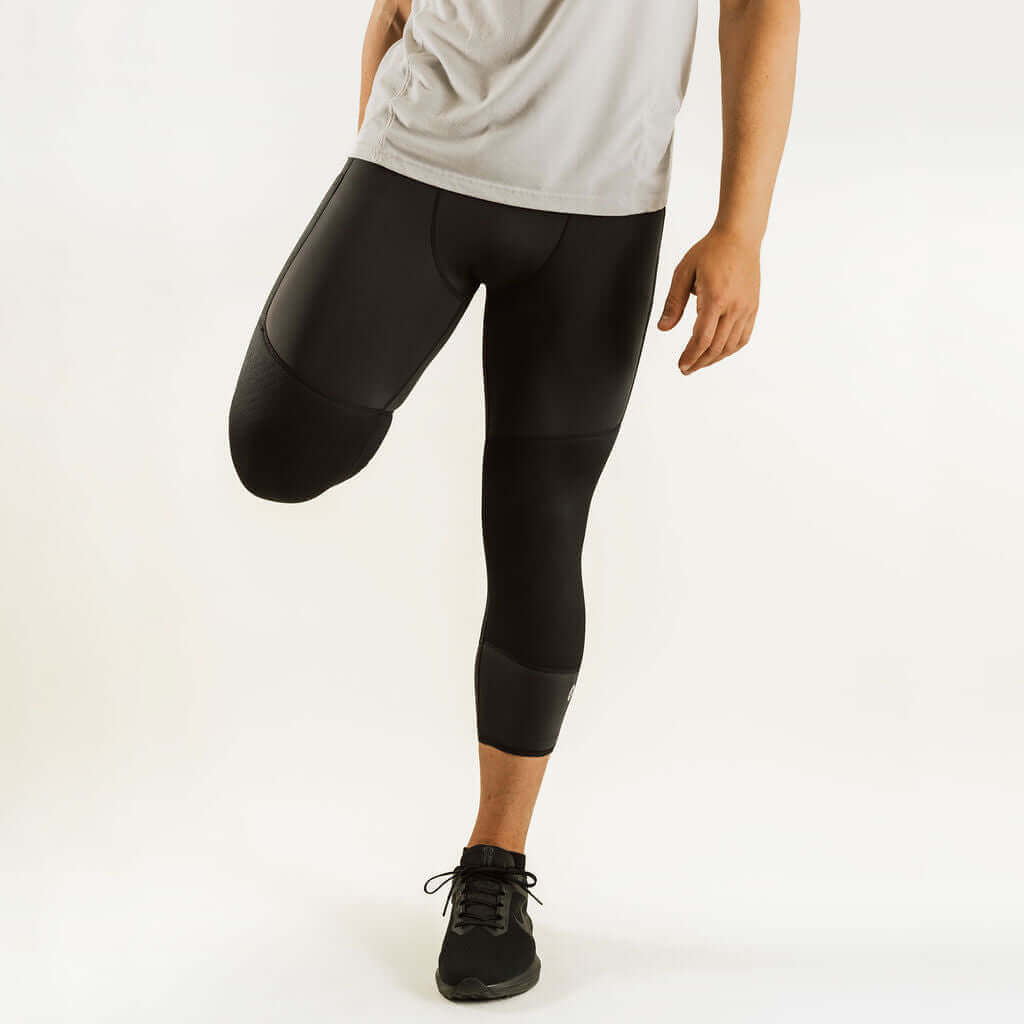
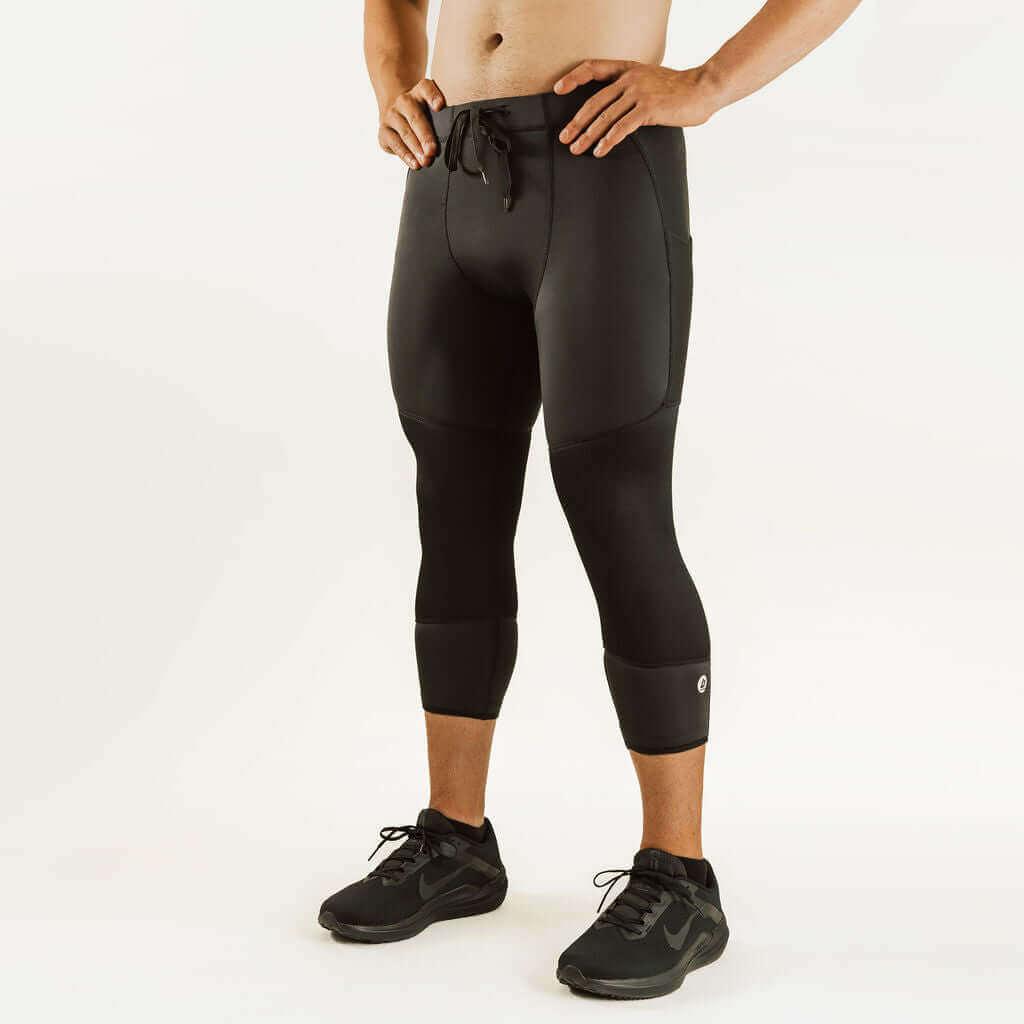
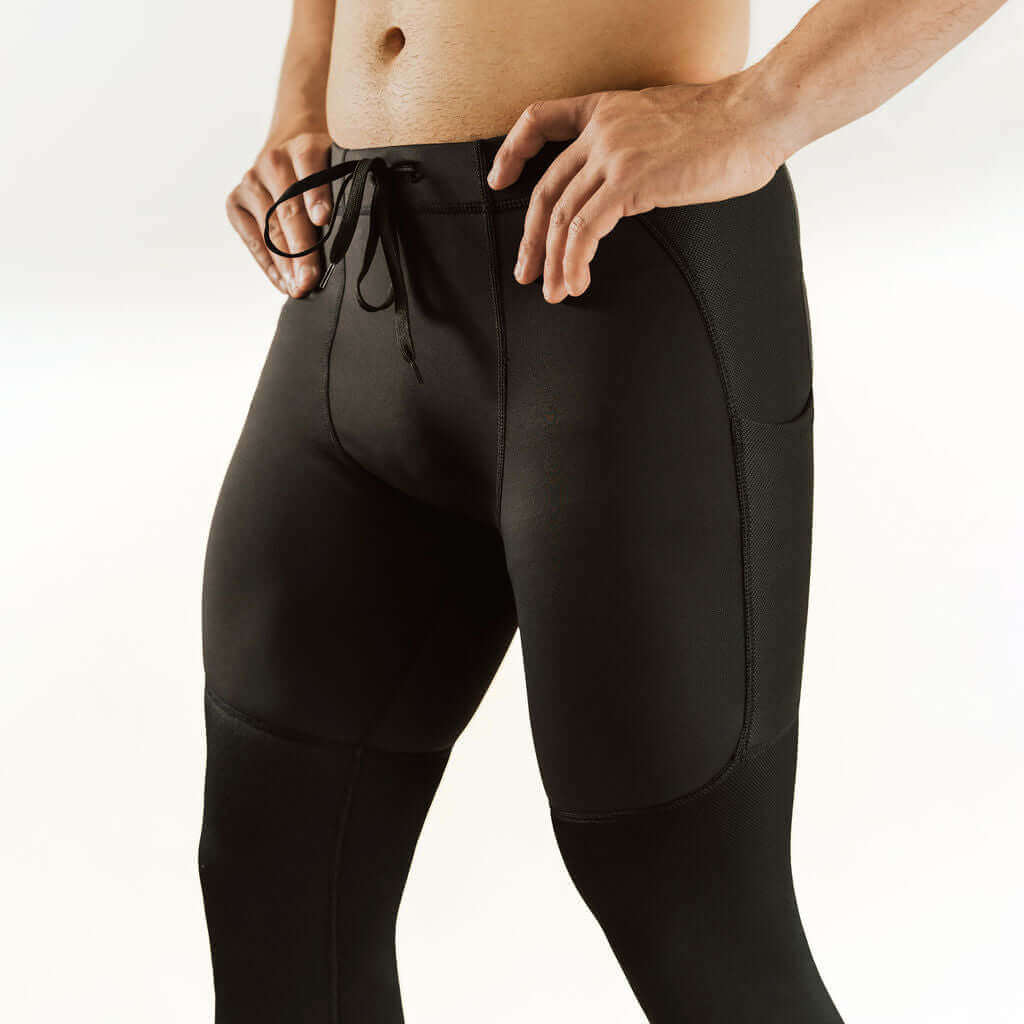

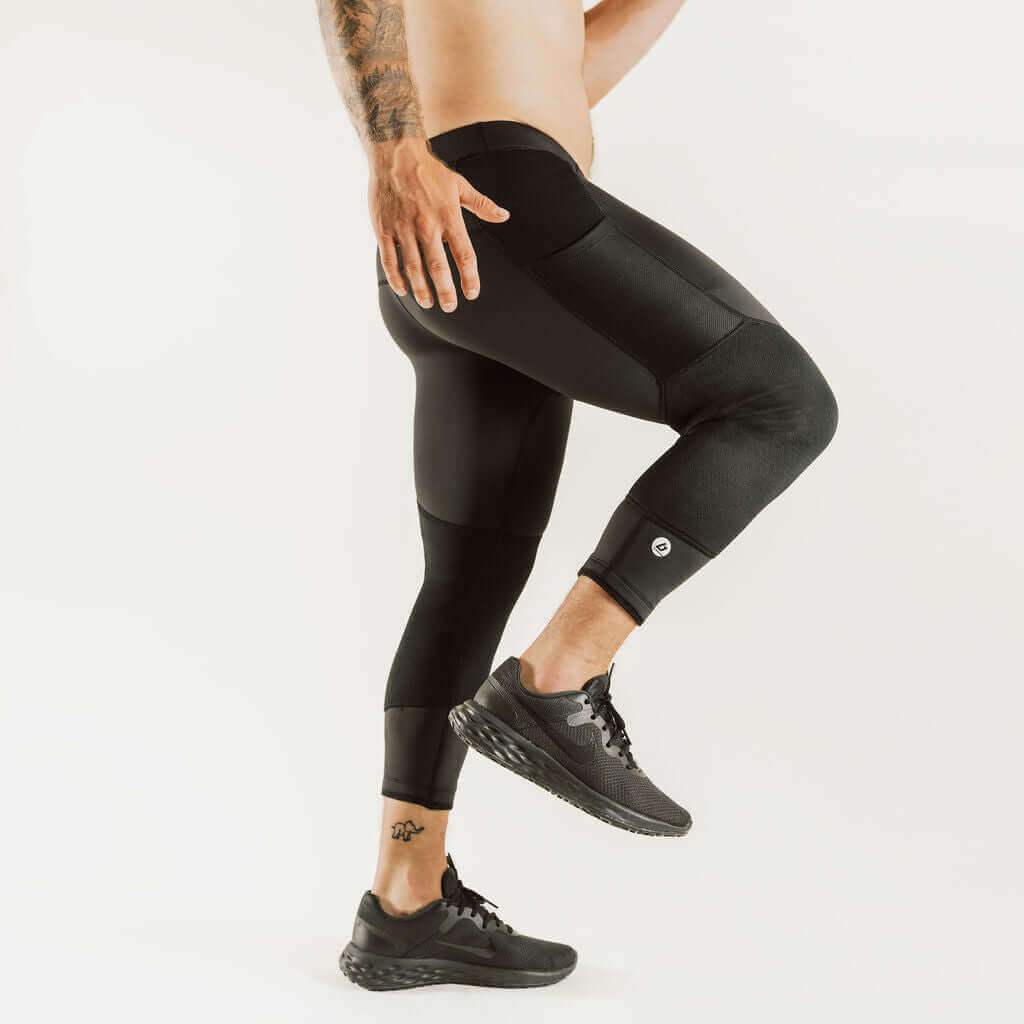



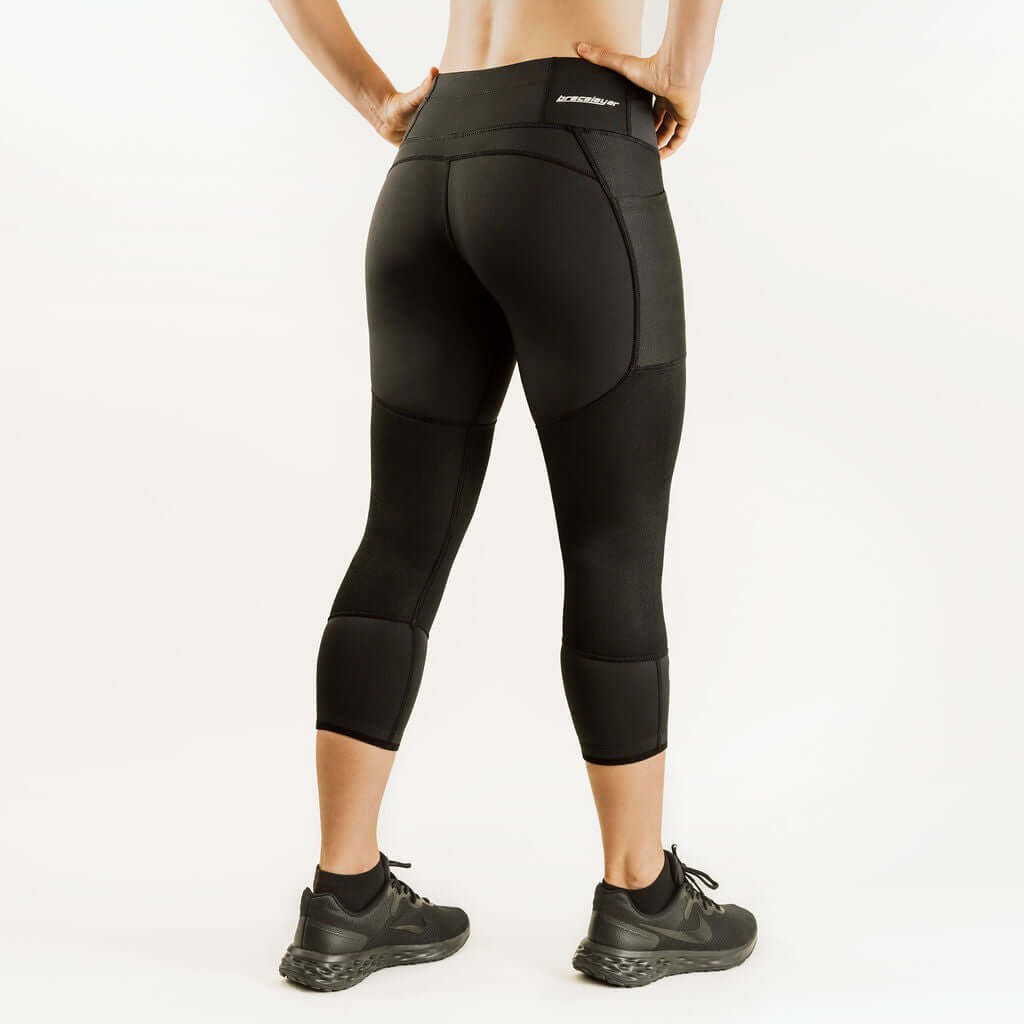


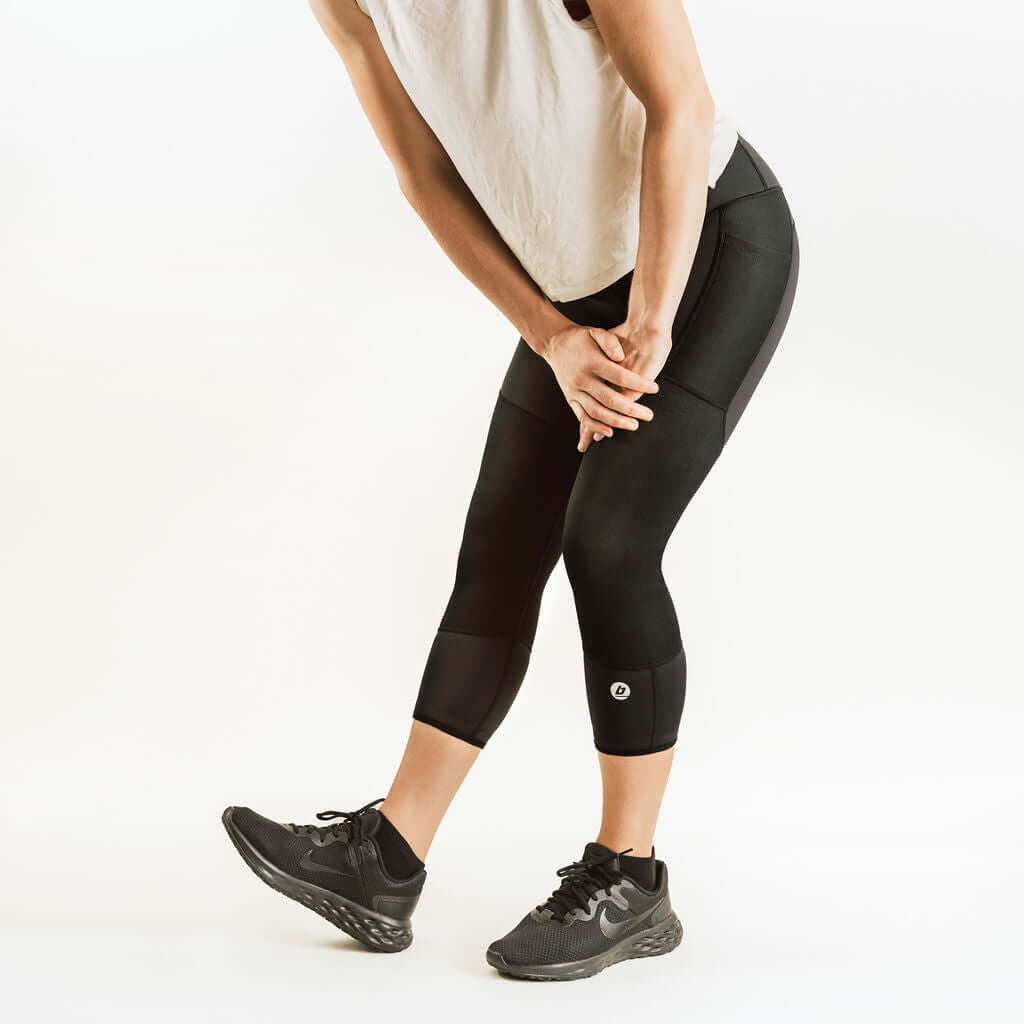


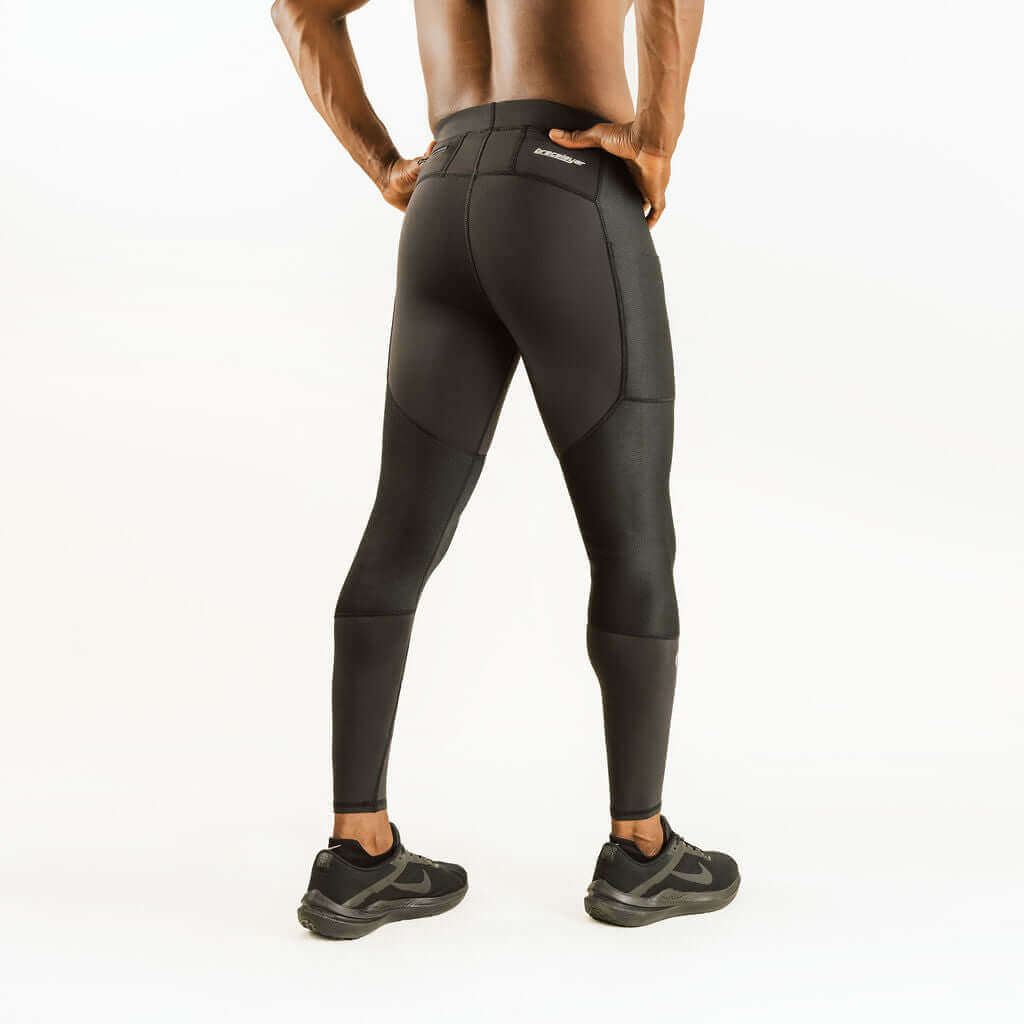
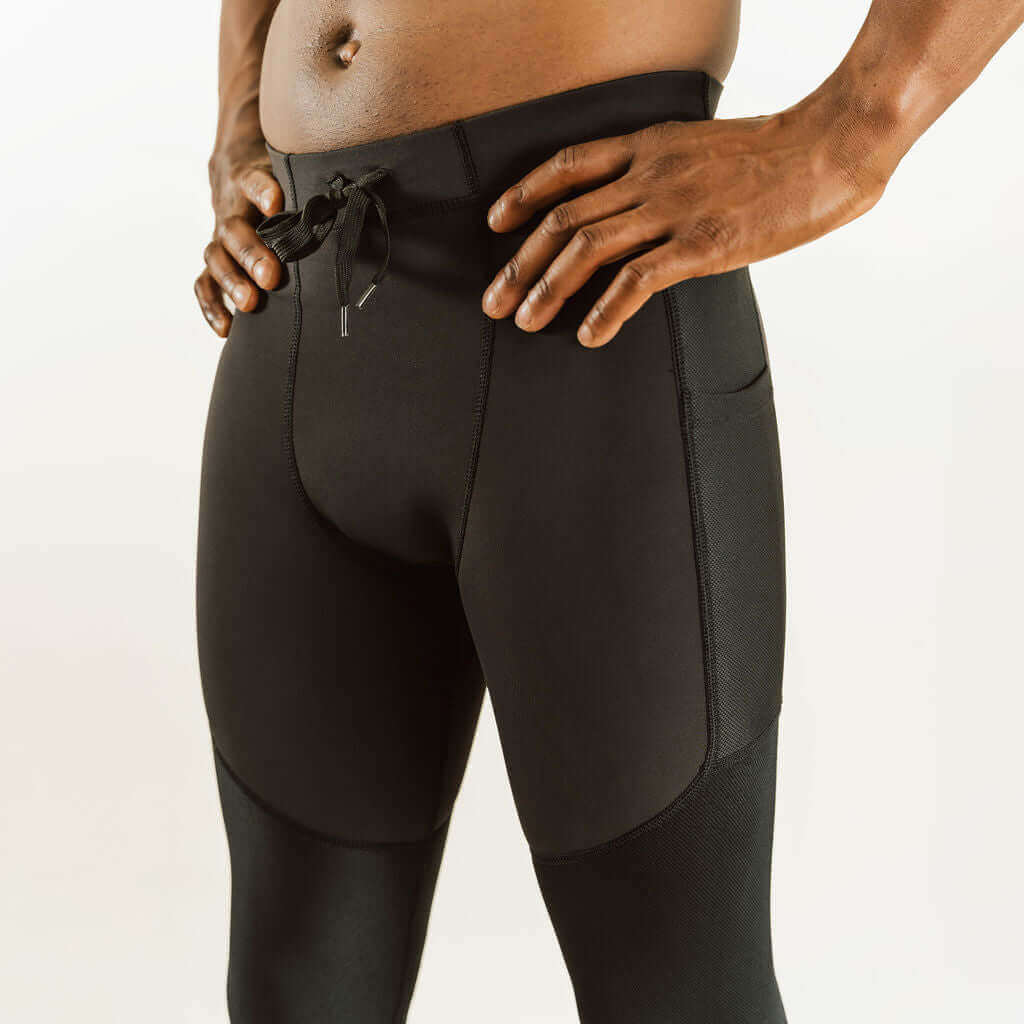

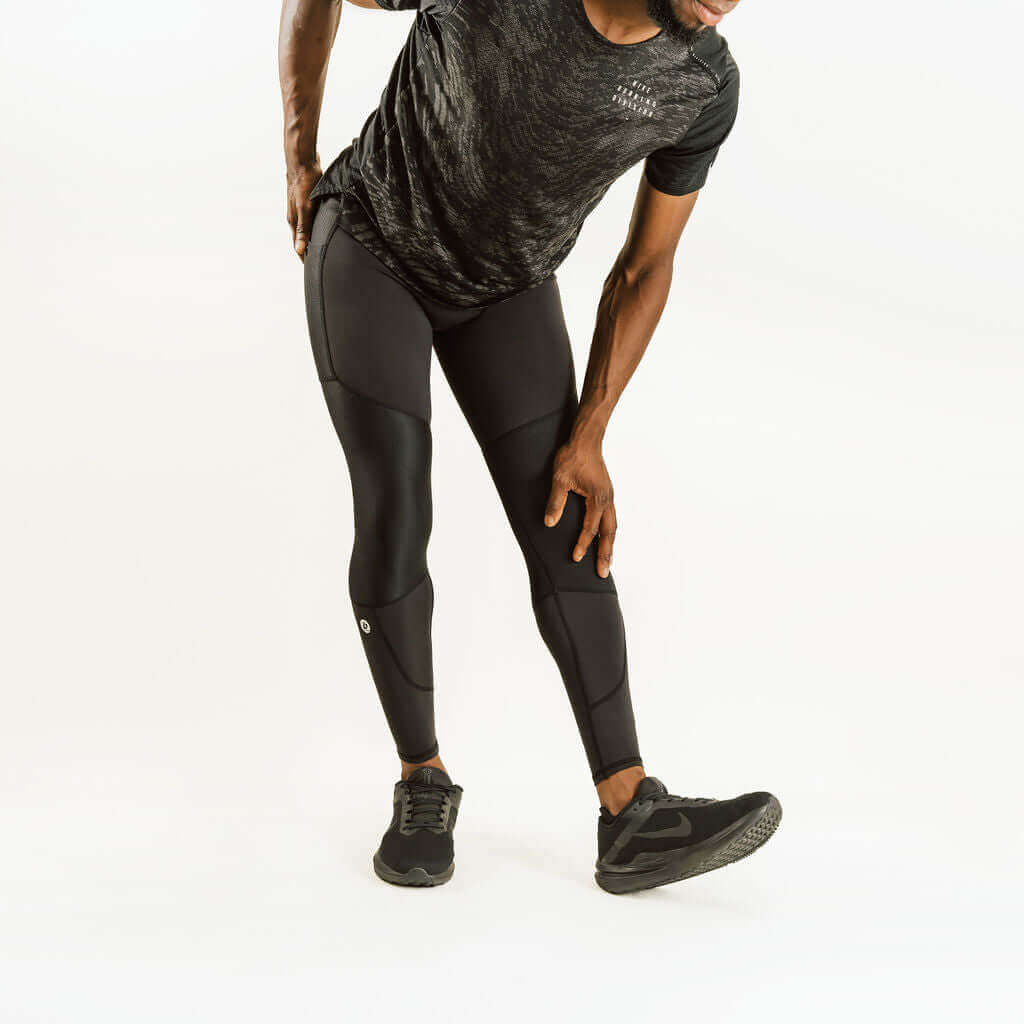

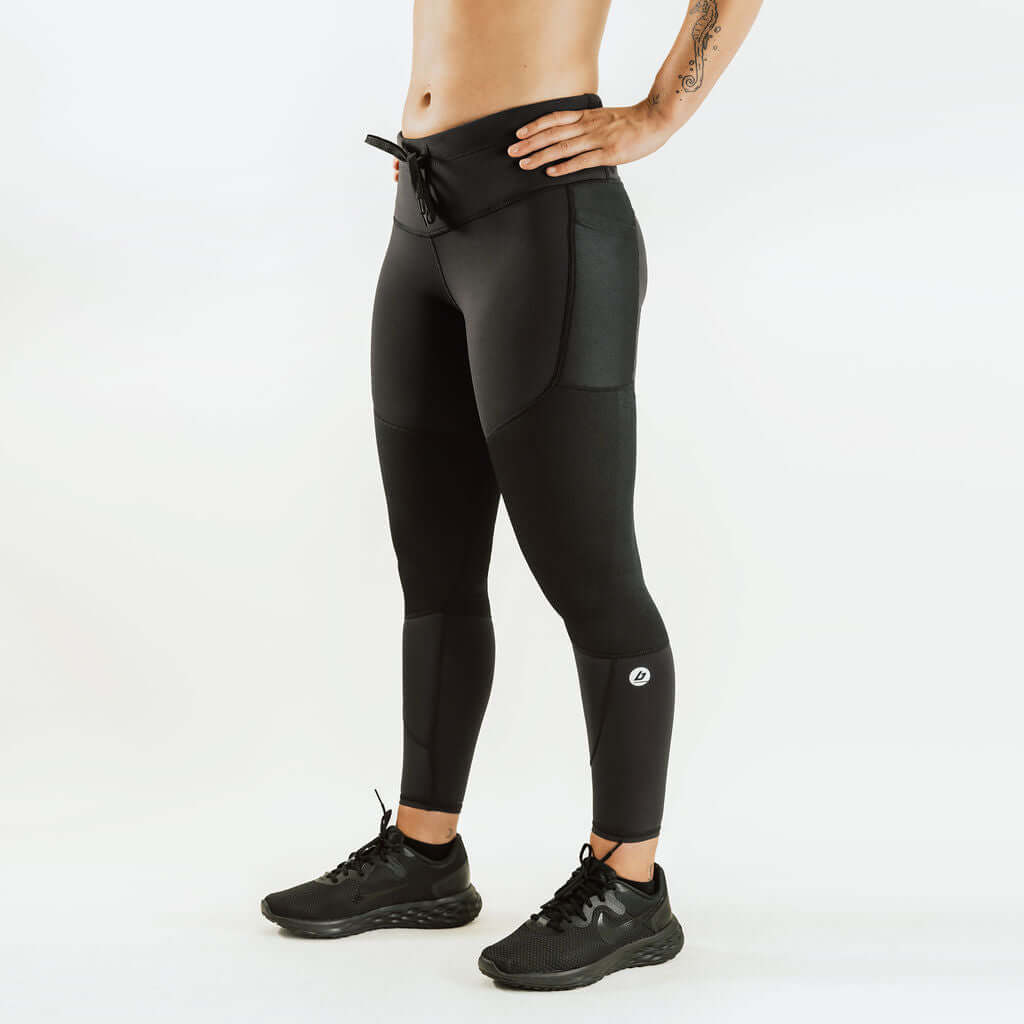
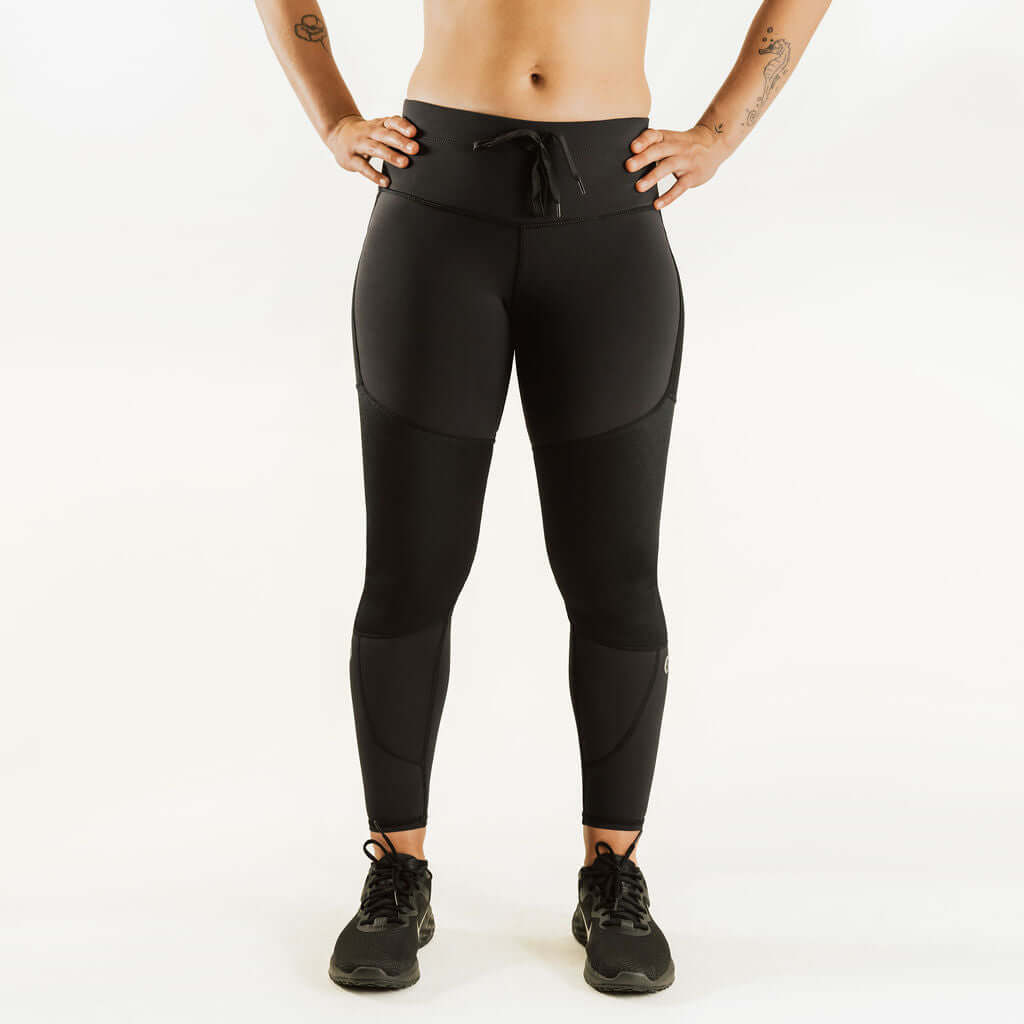
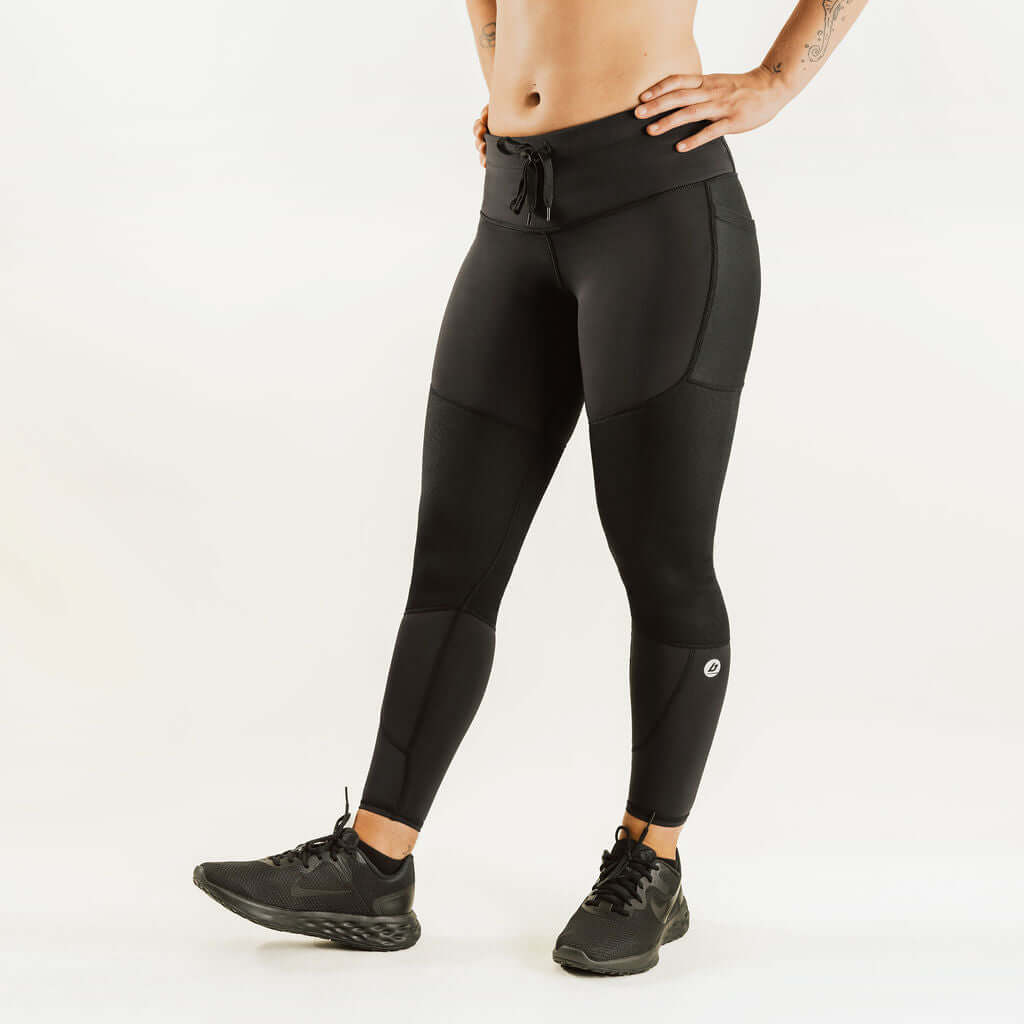
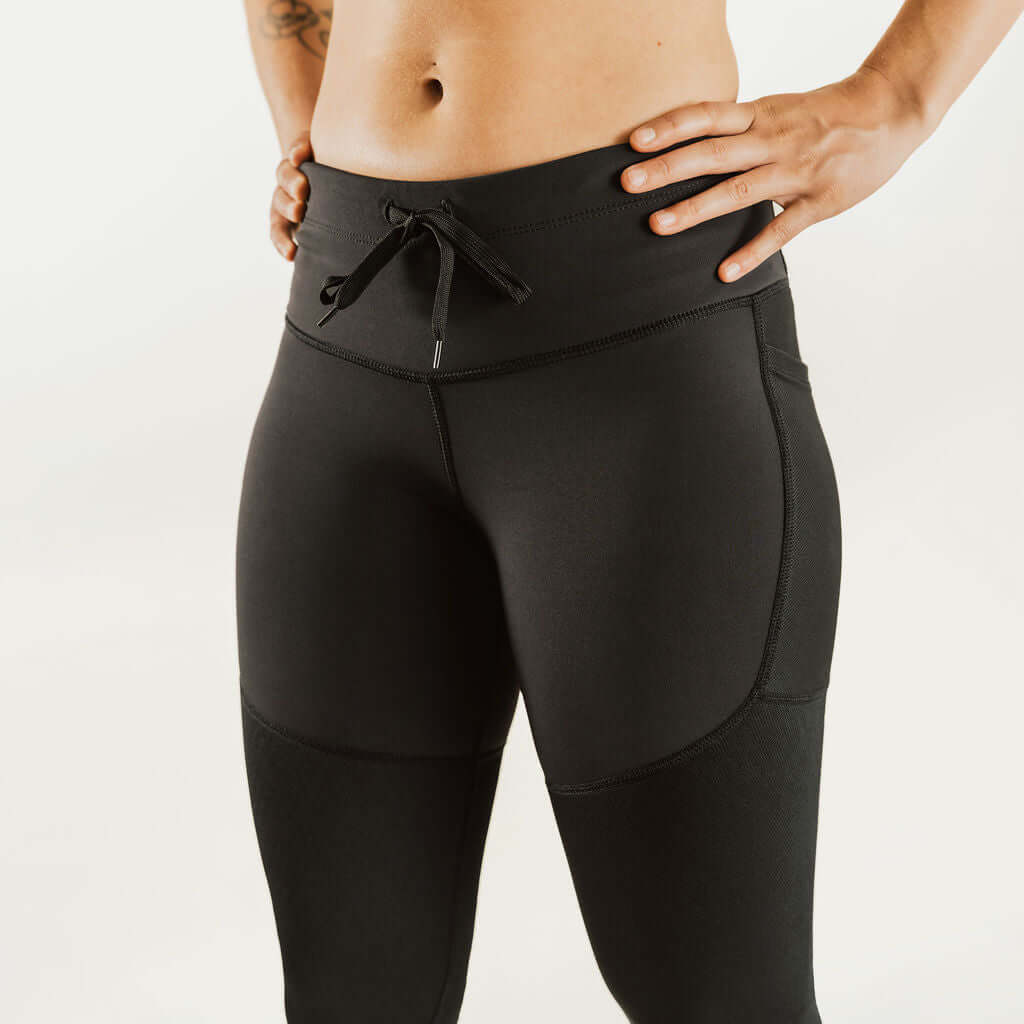


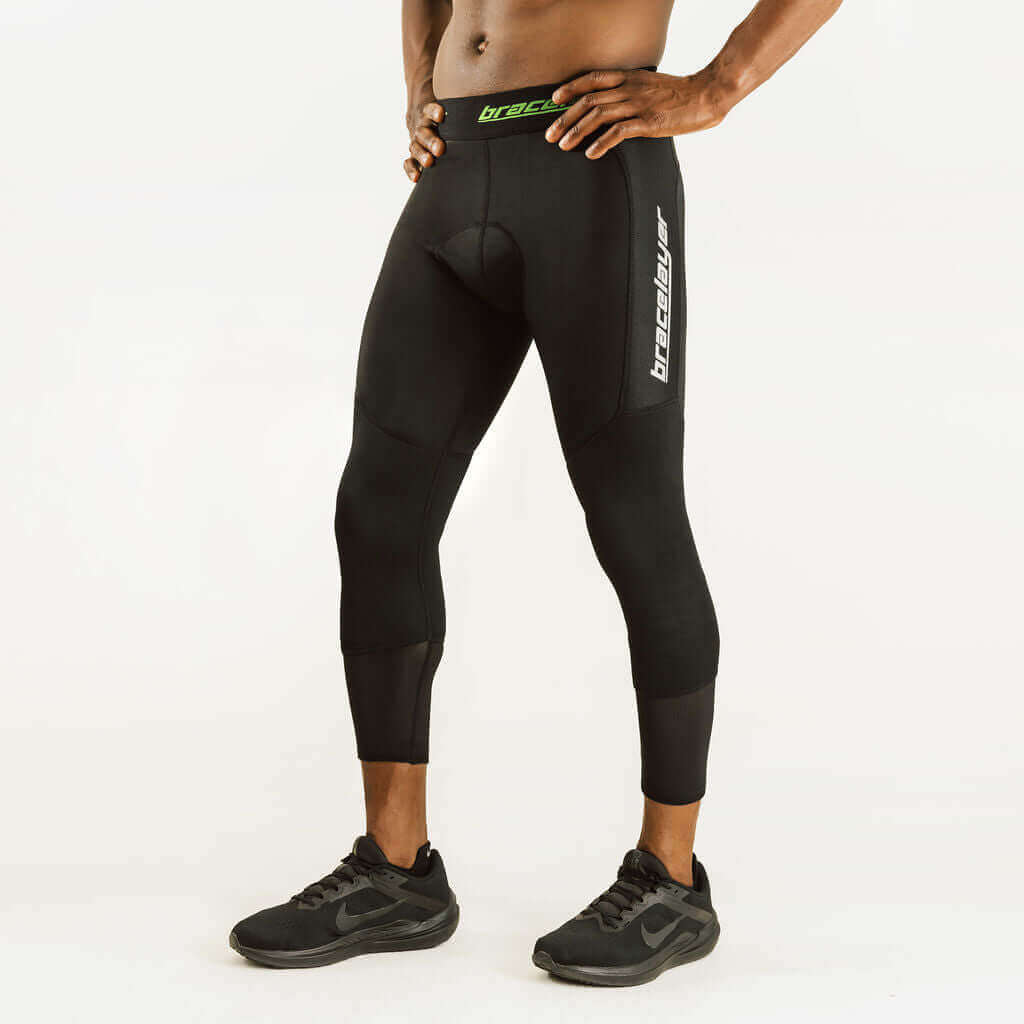
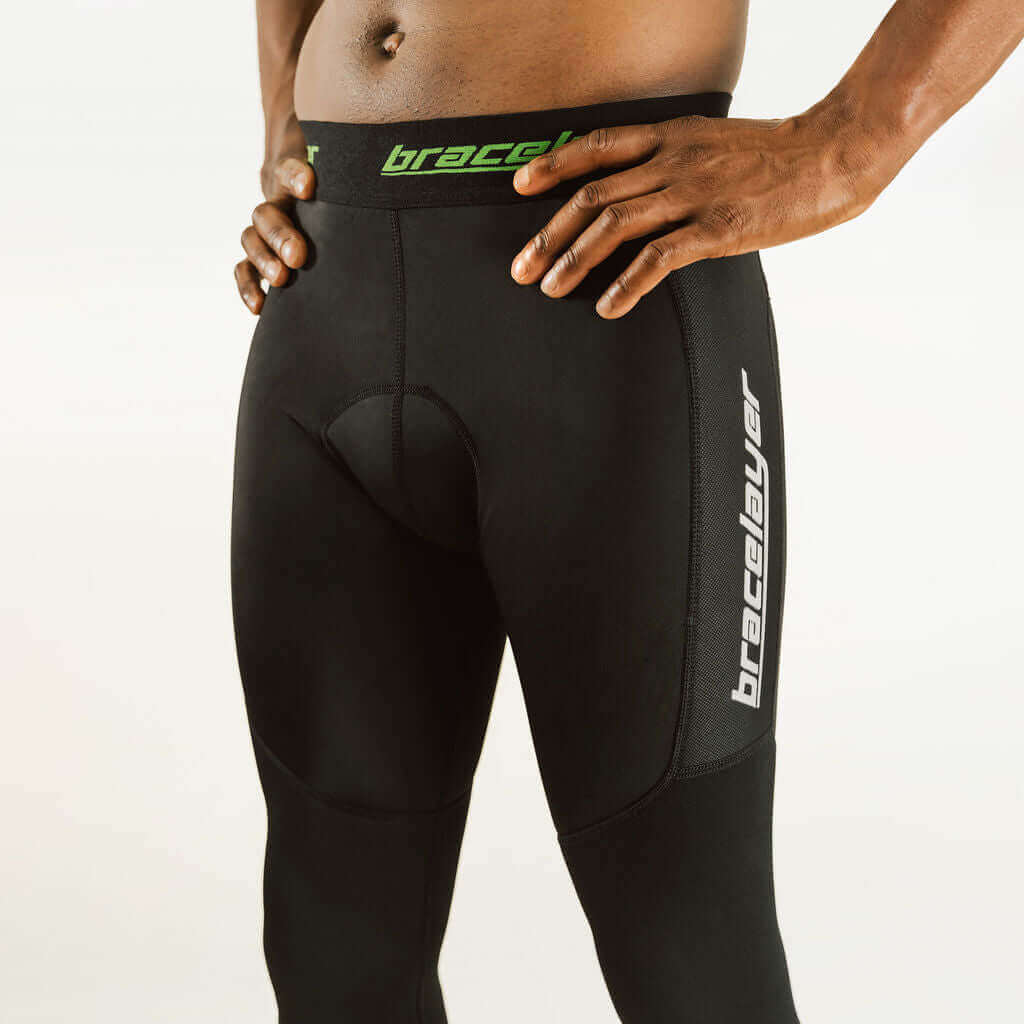
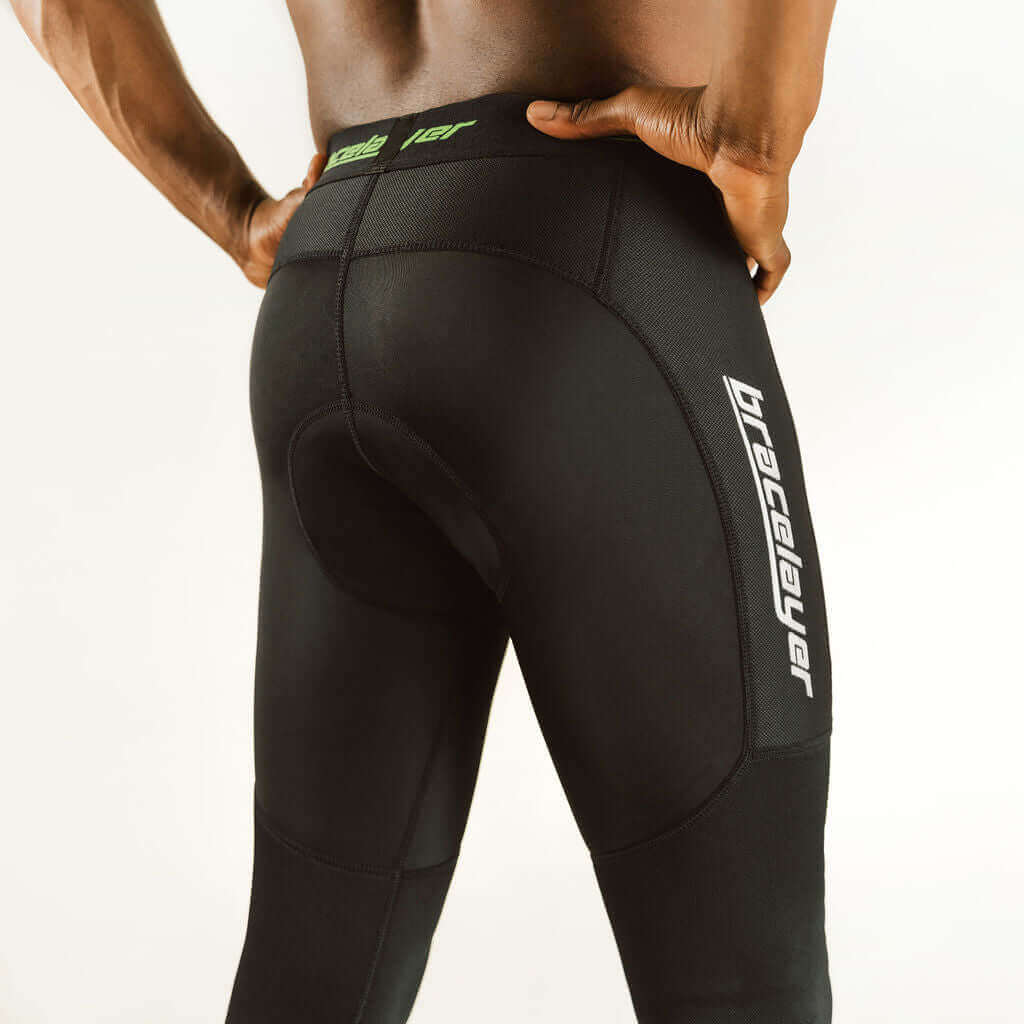


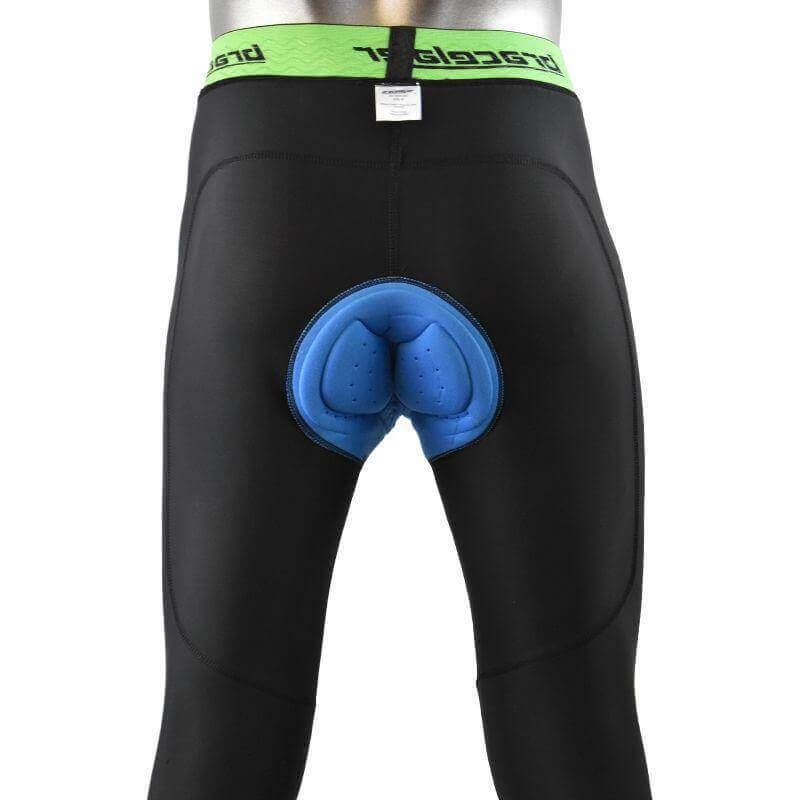

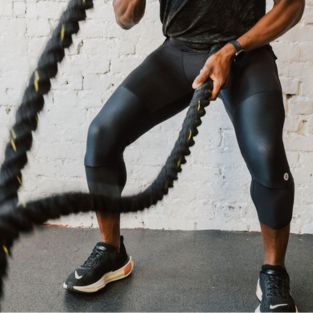
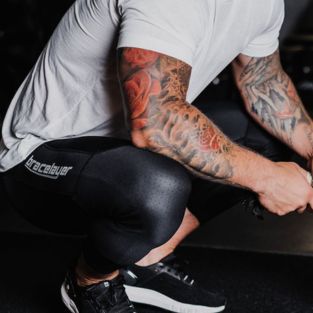

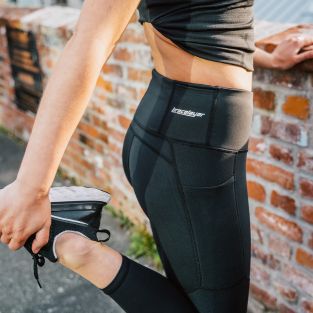
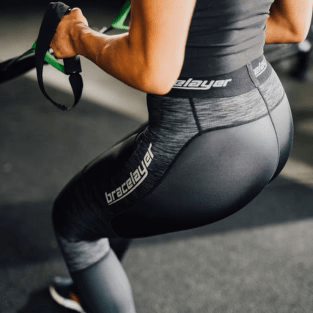


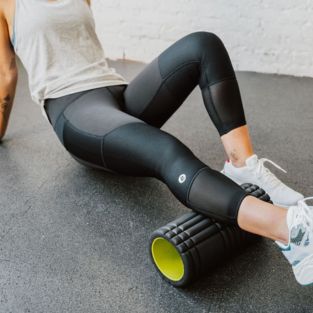
Leave a comment